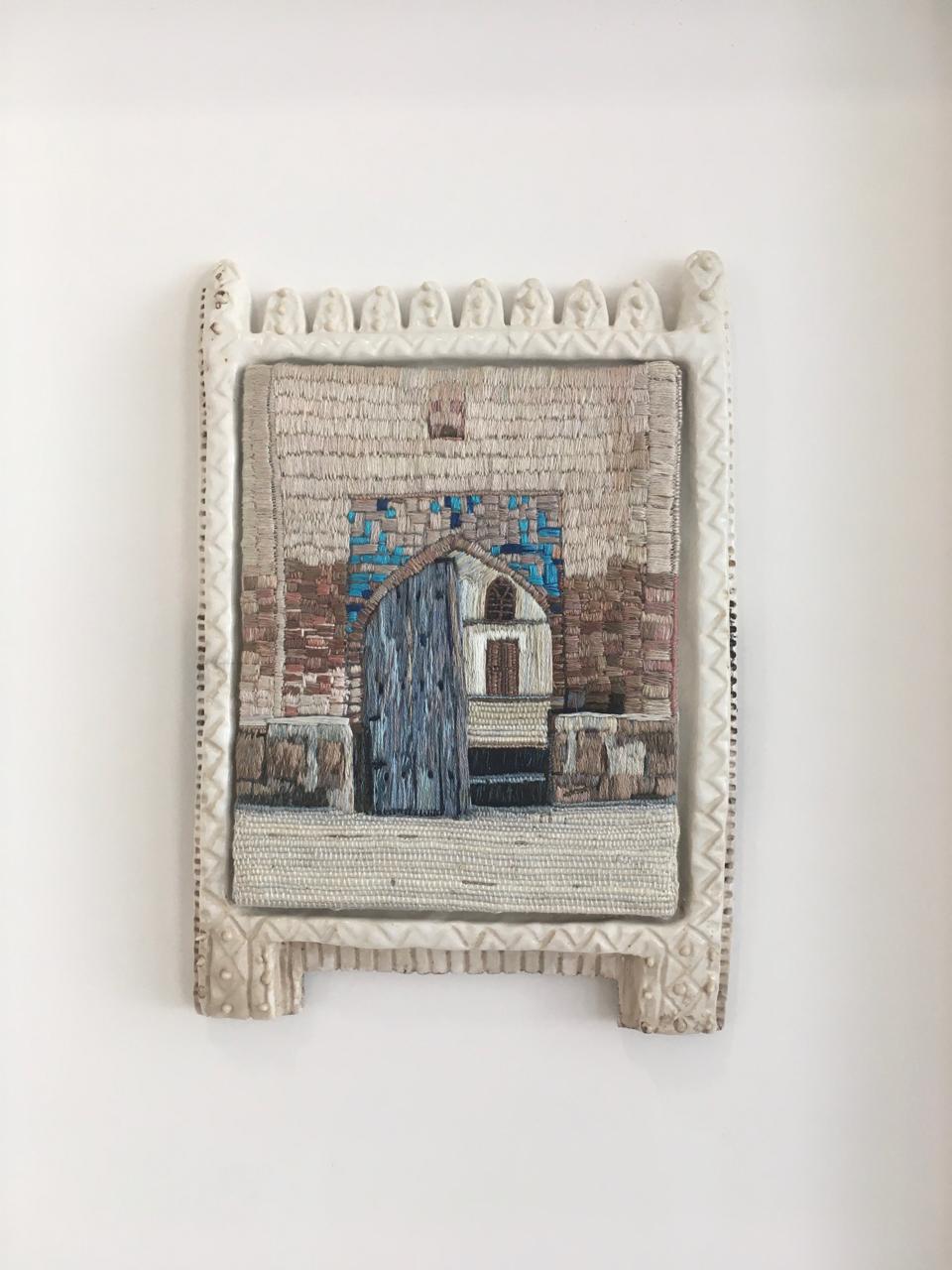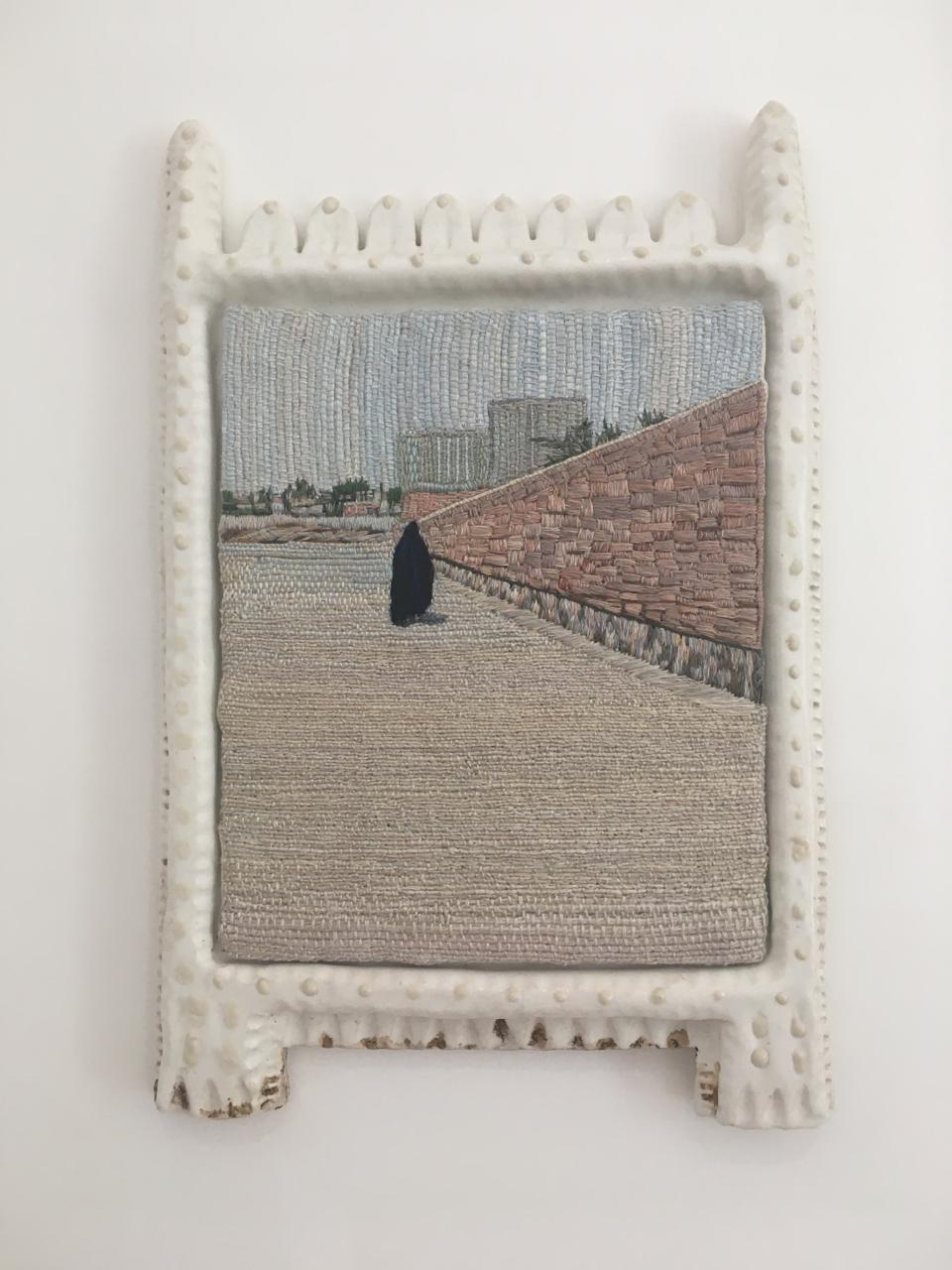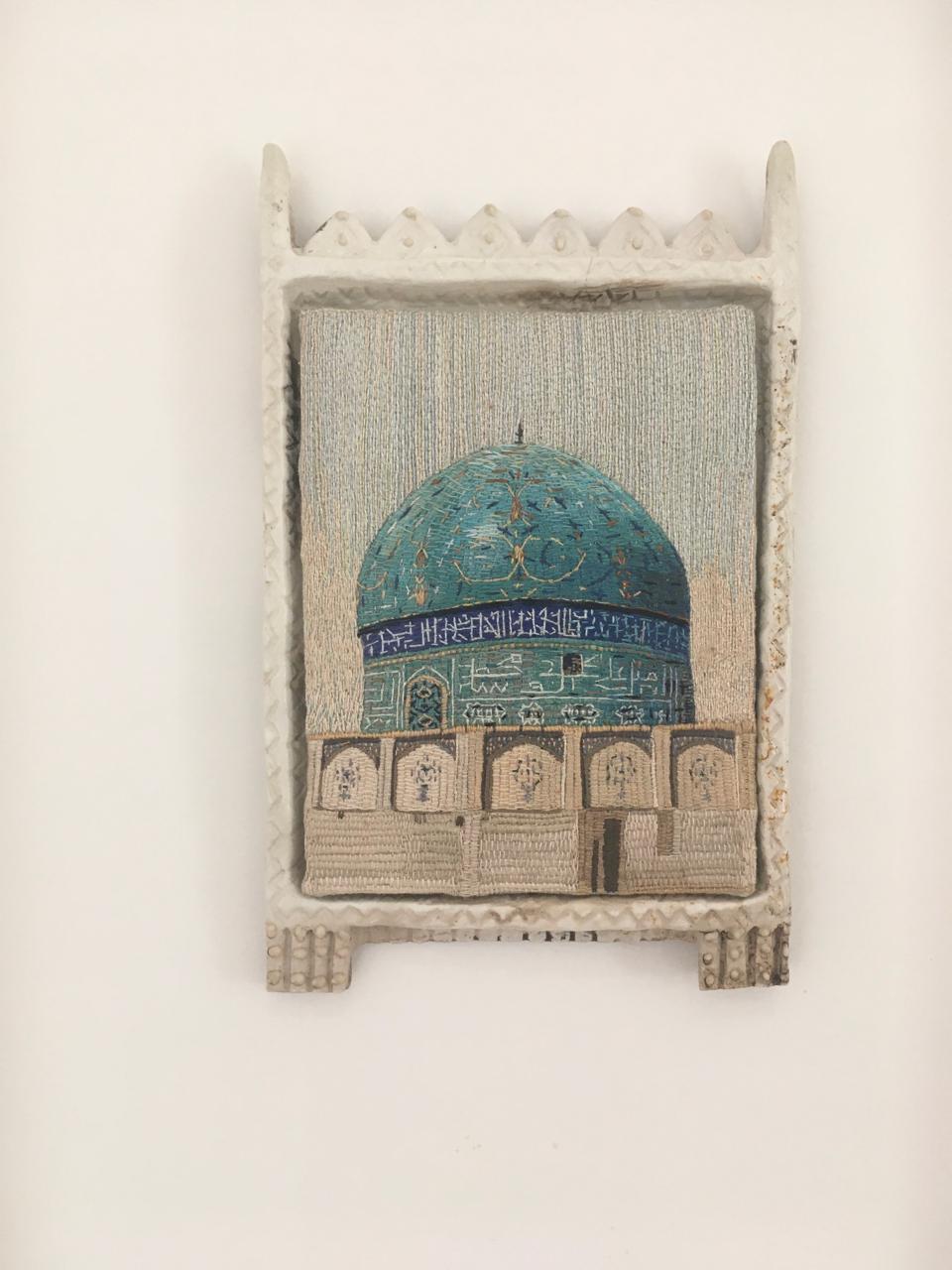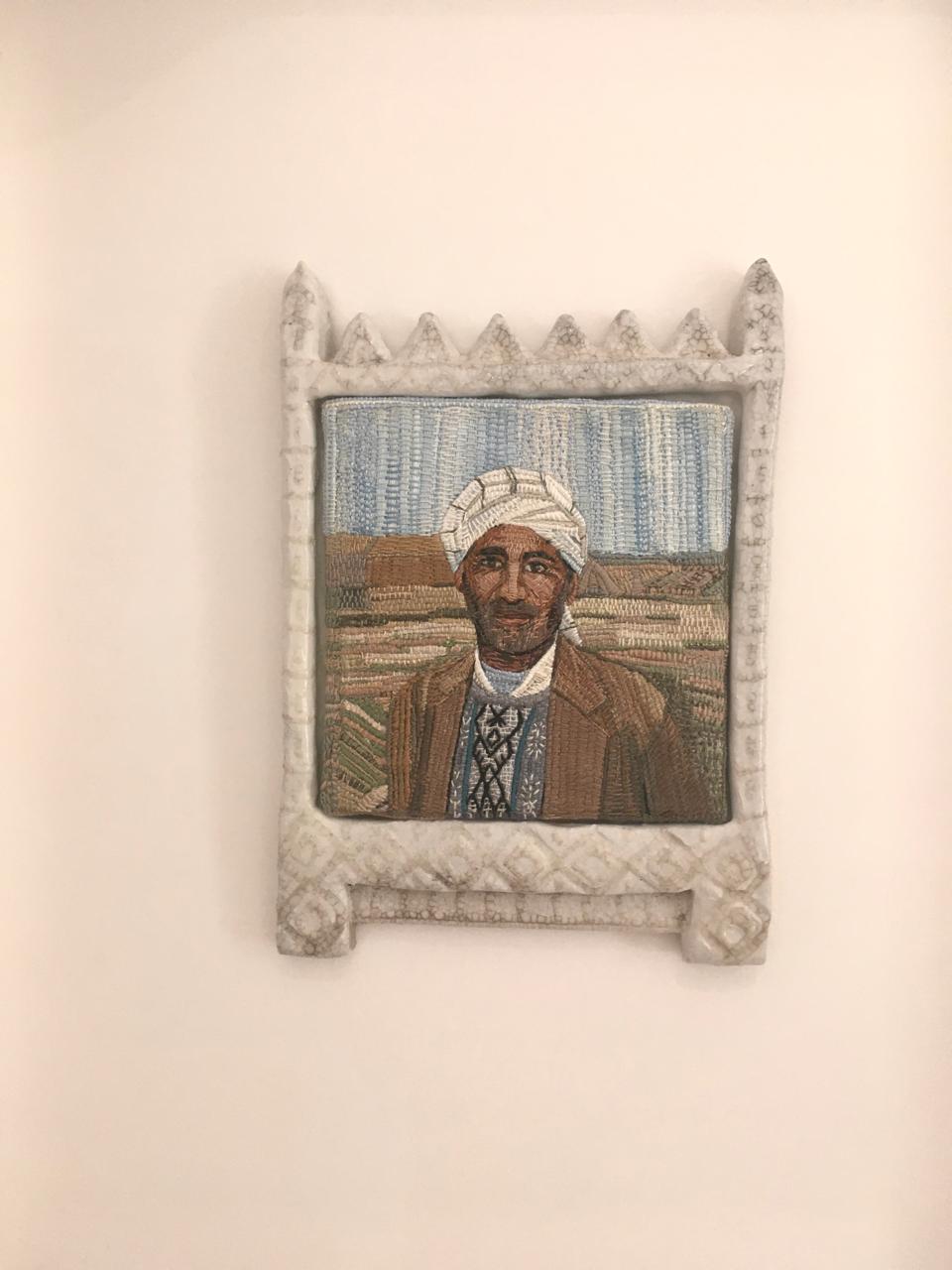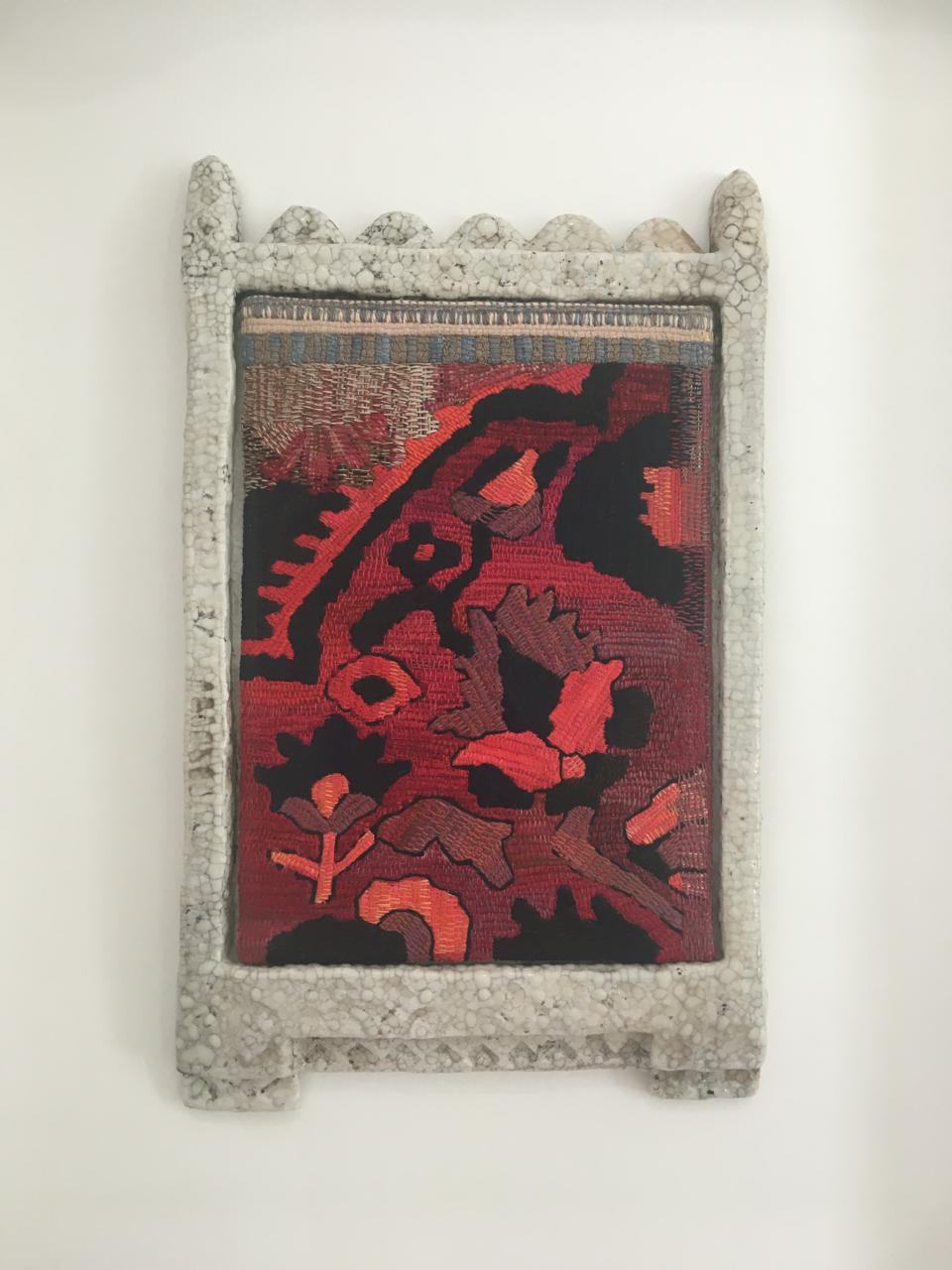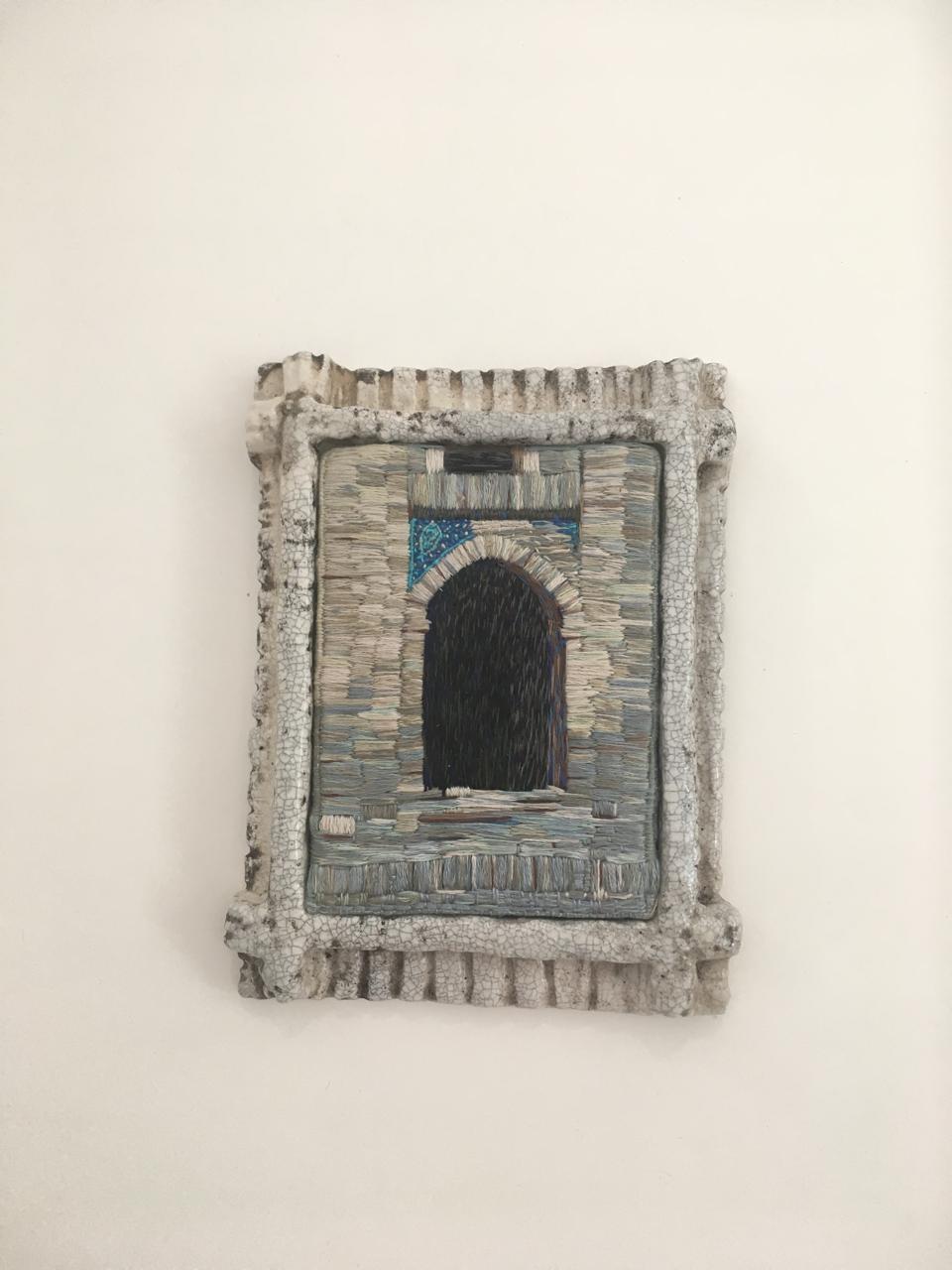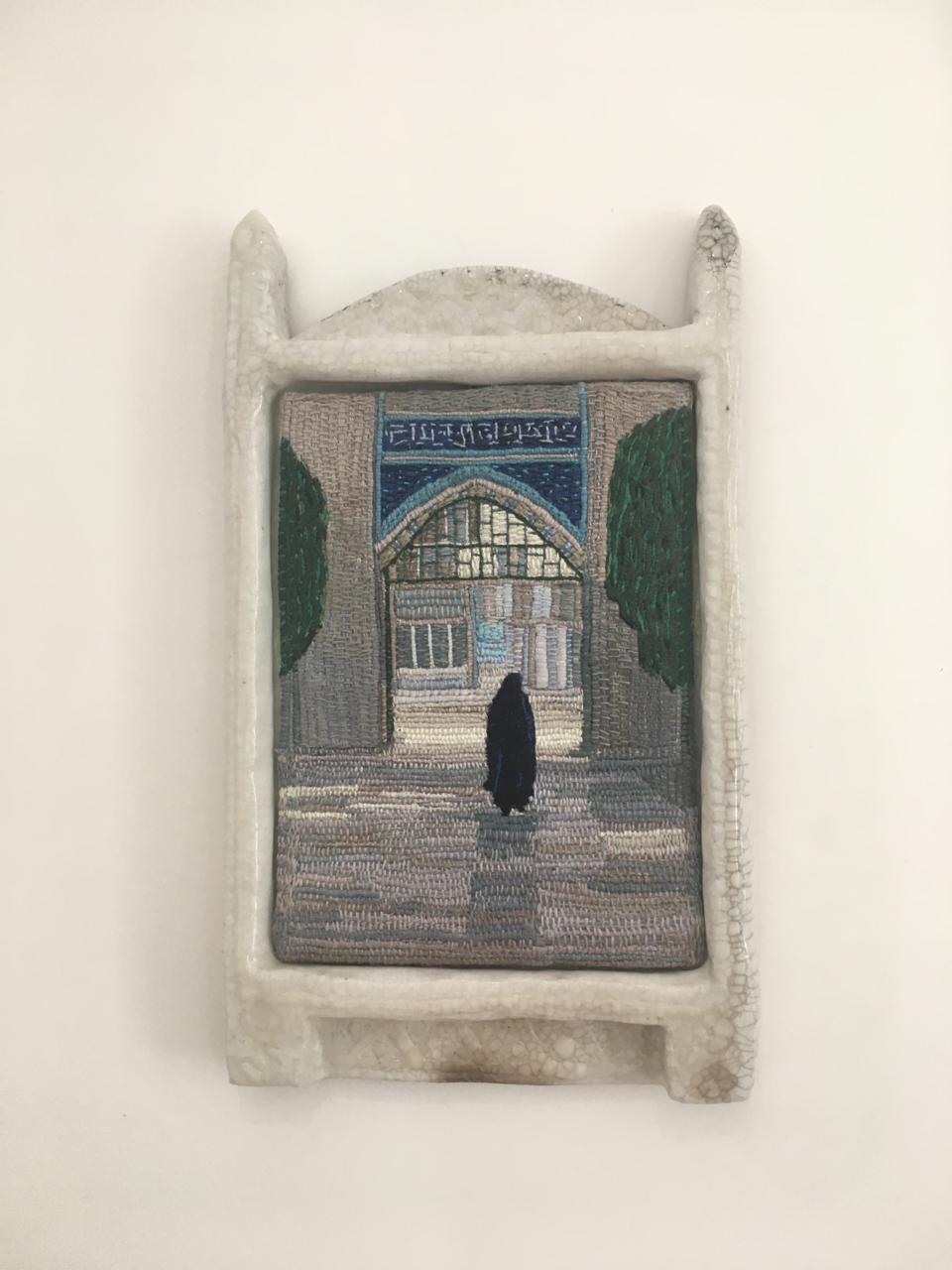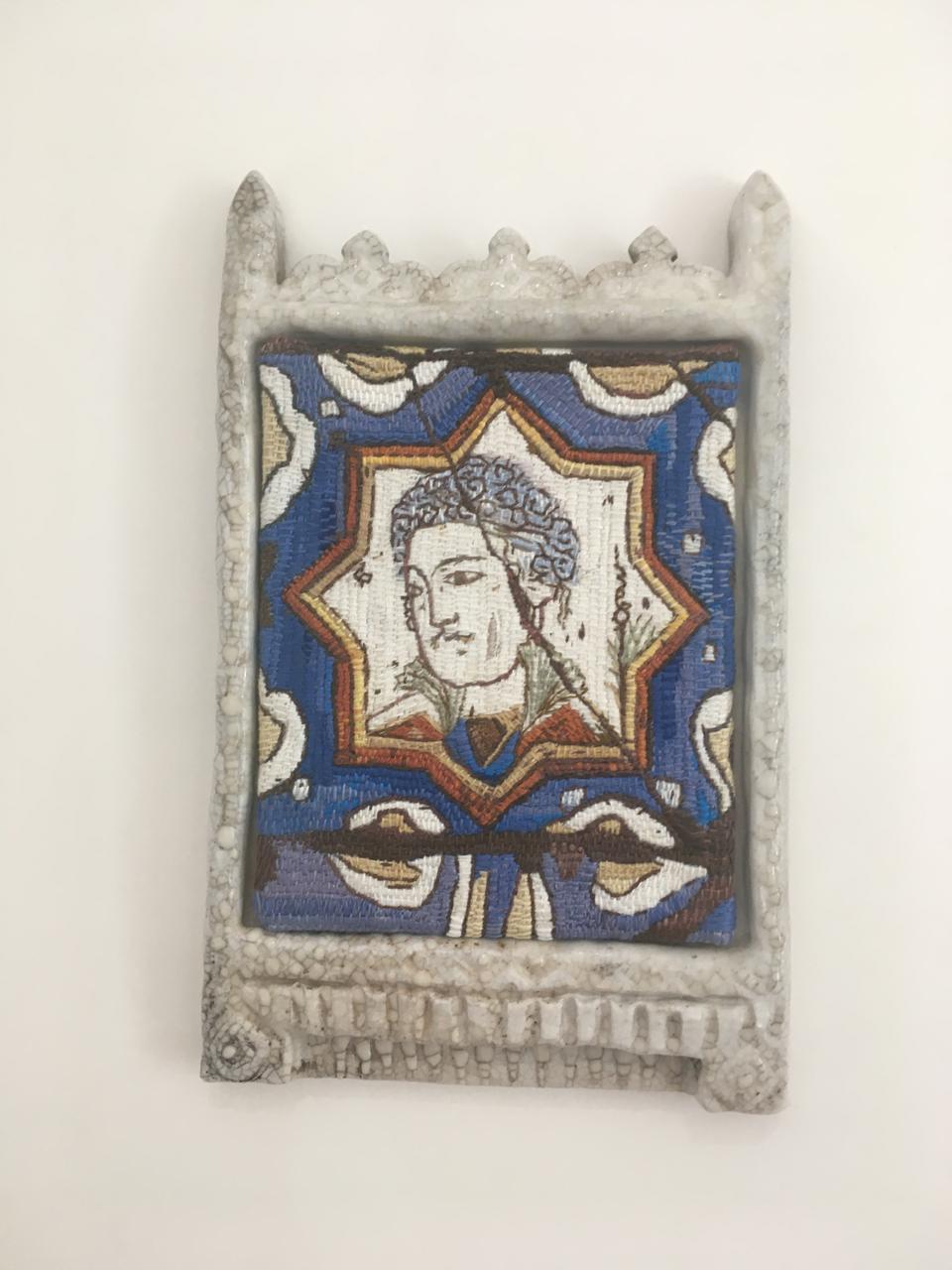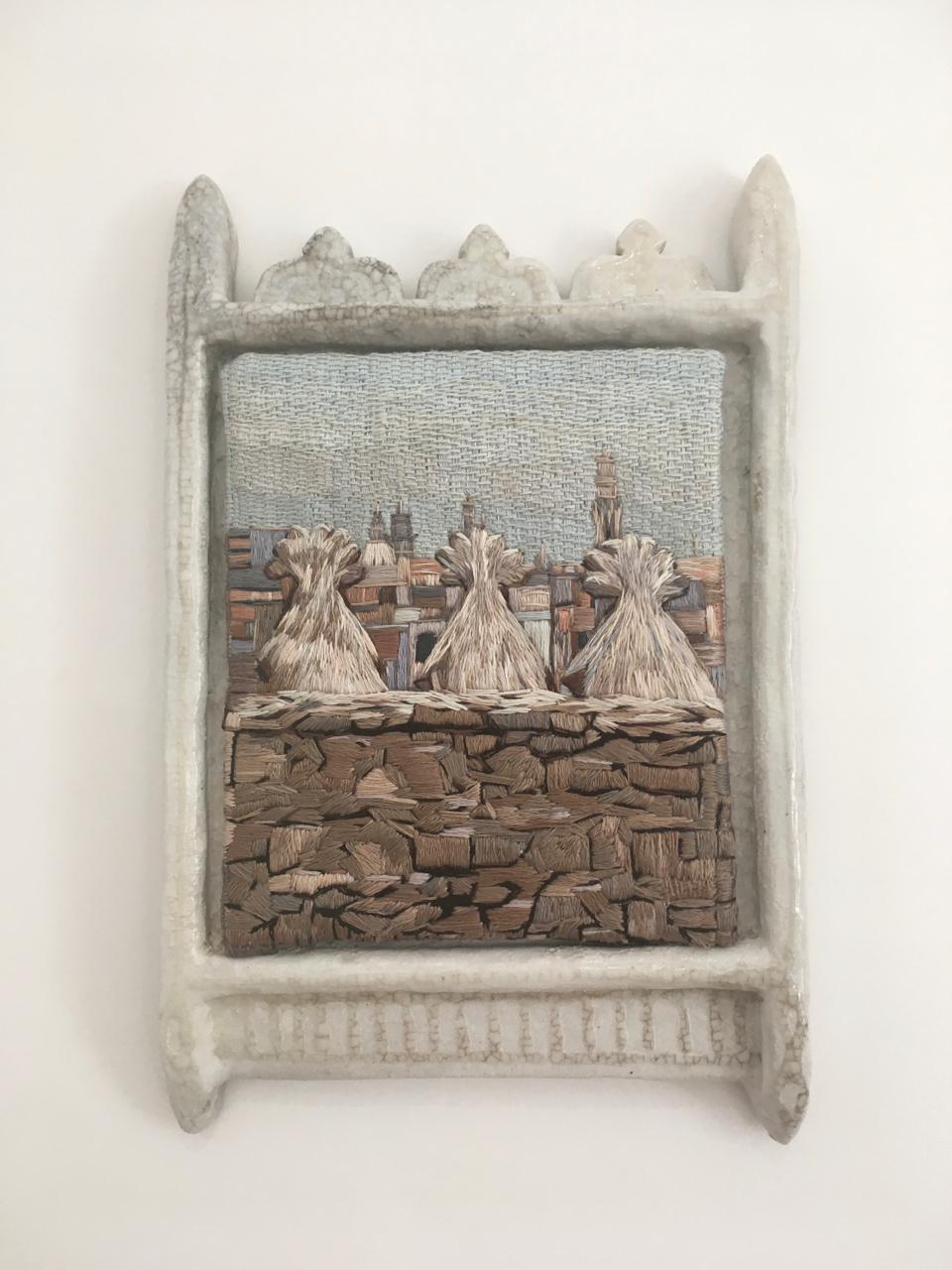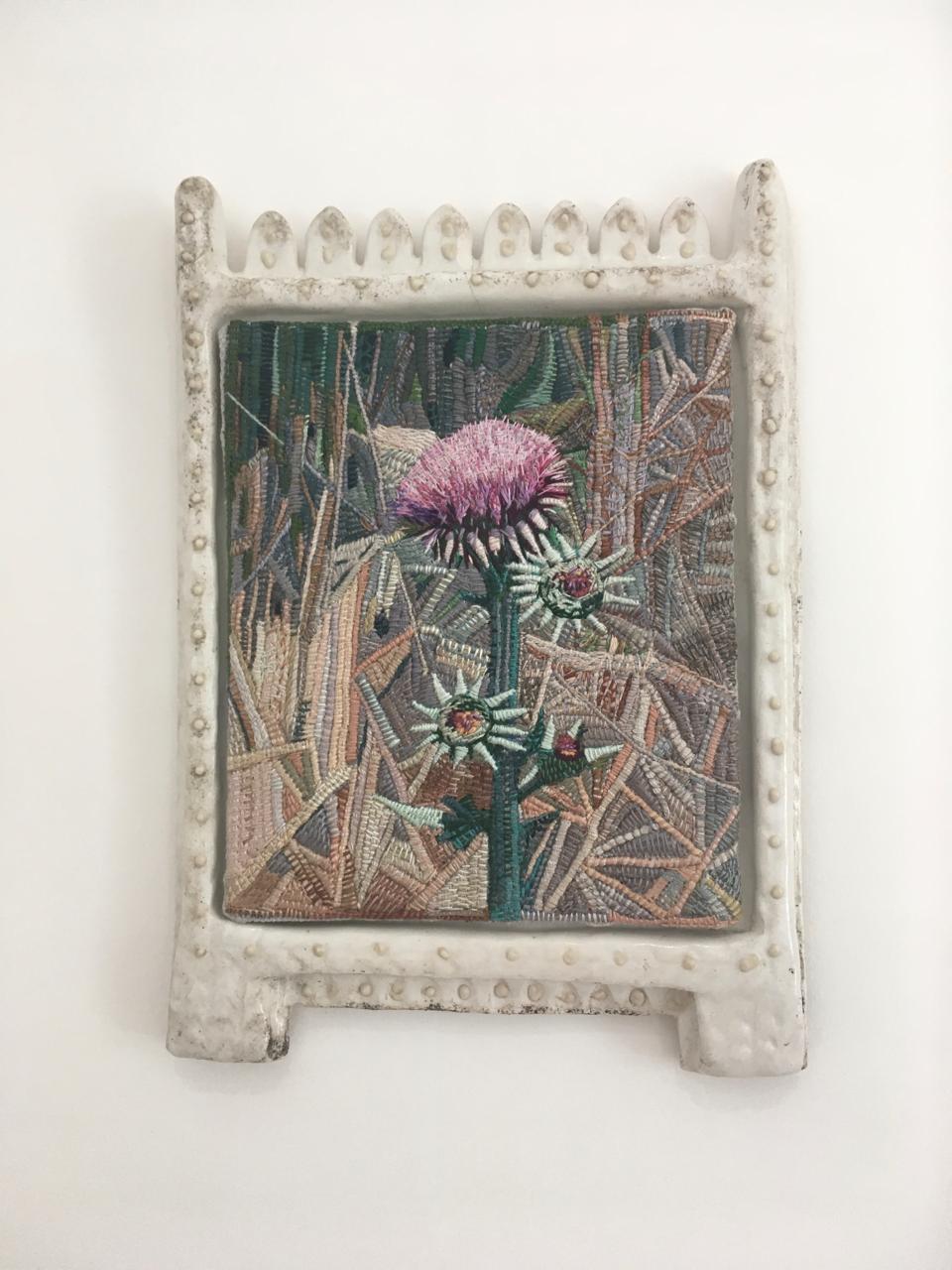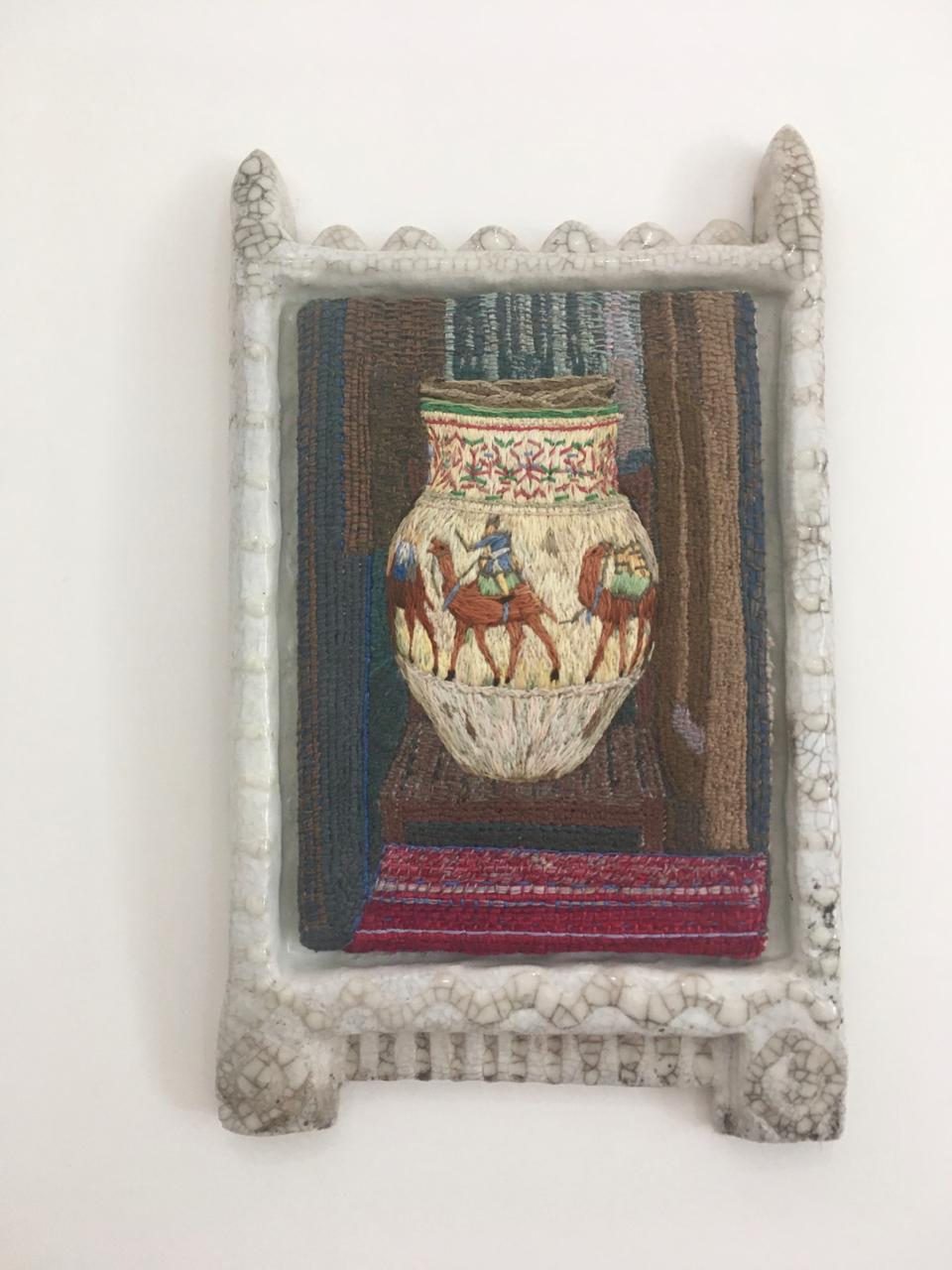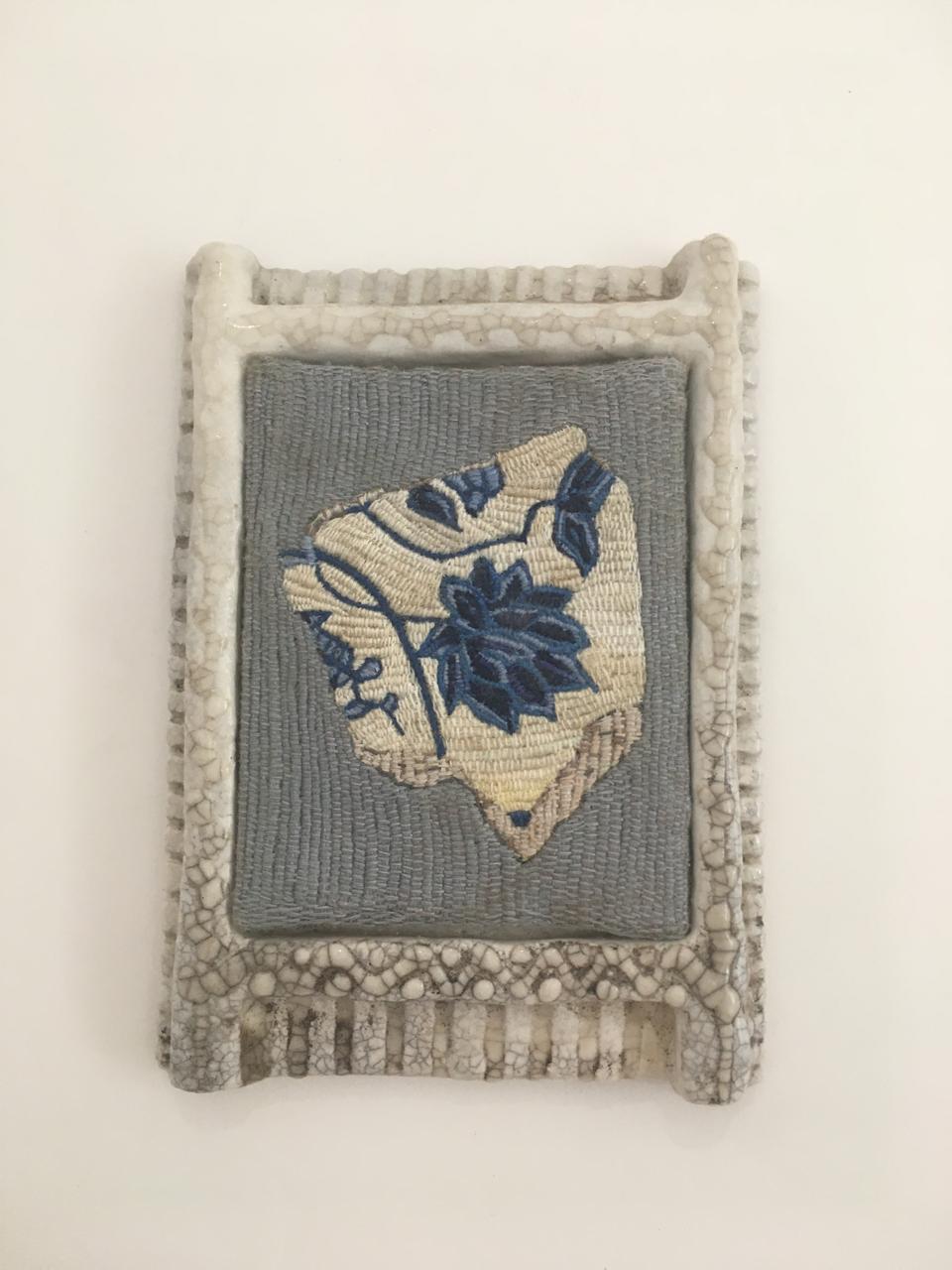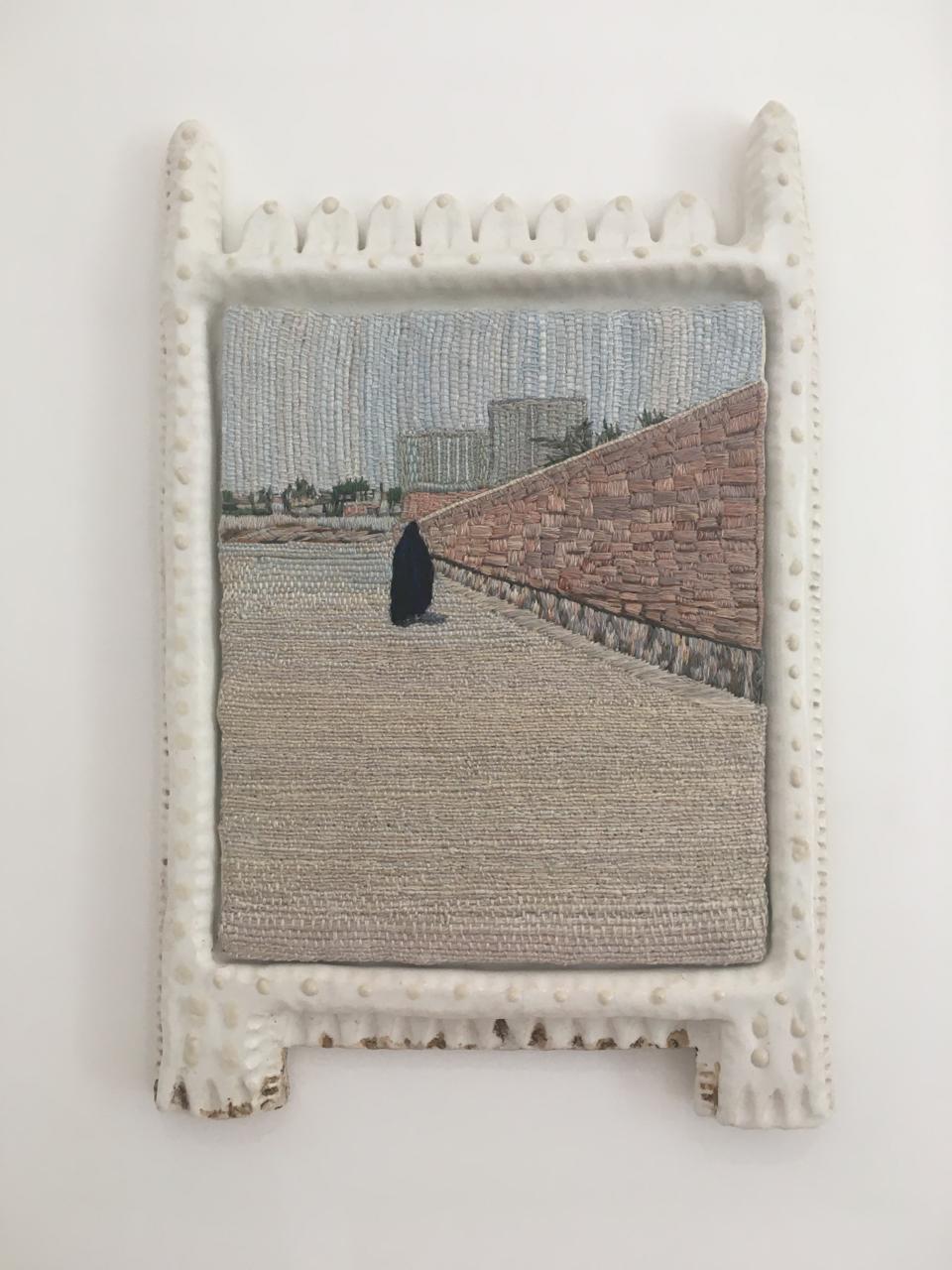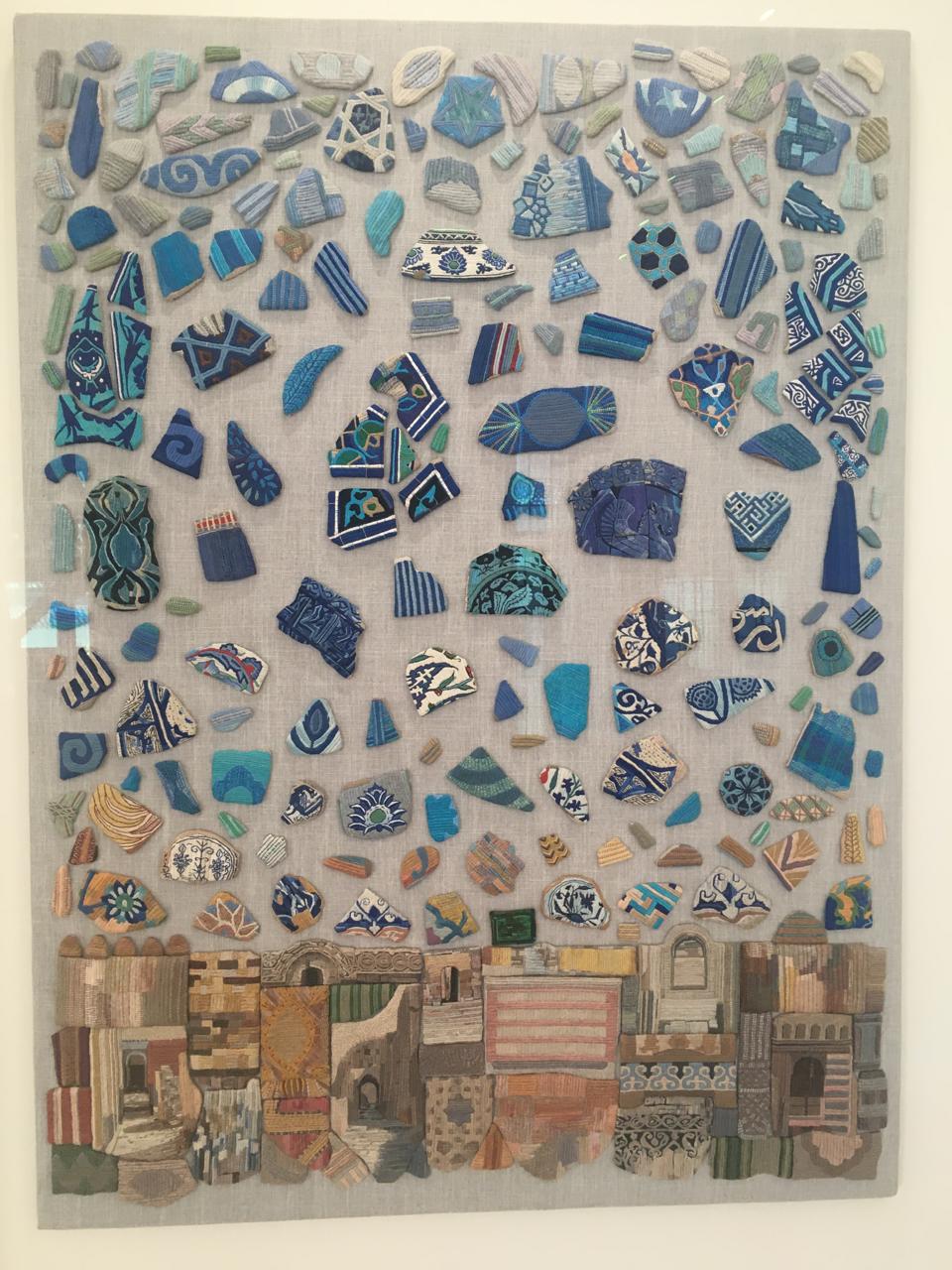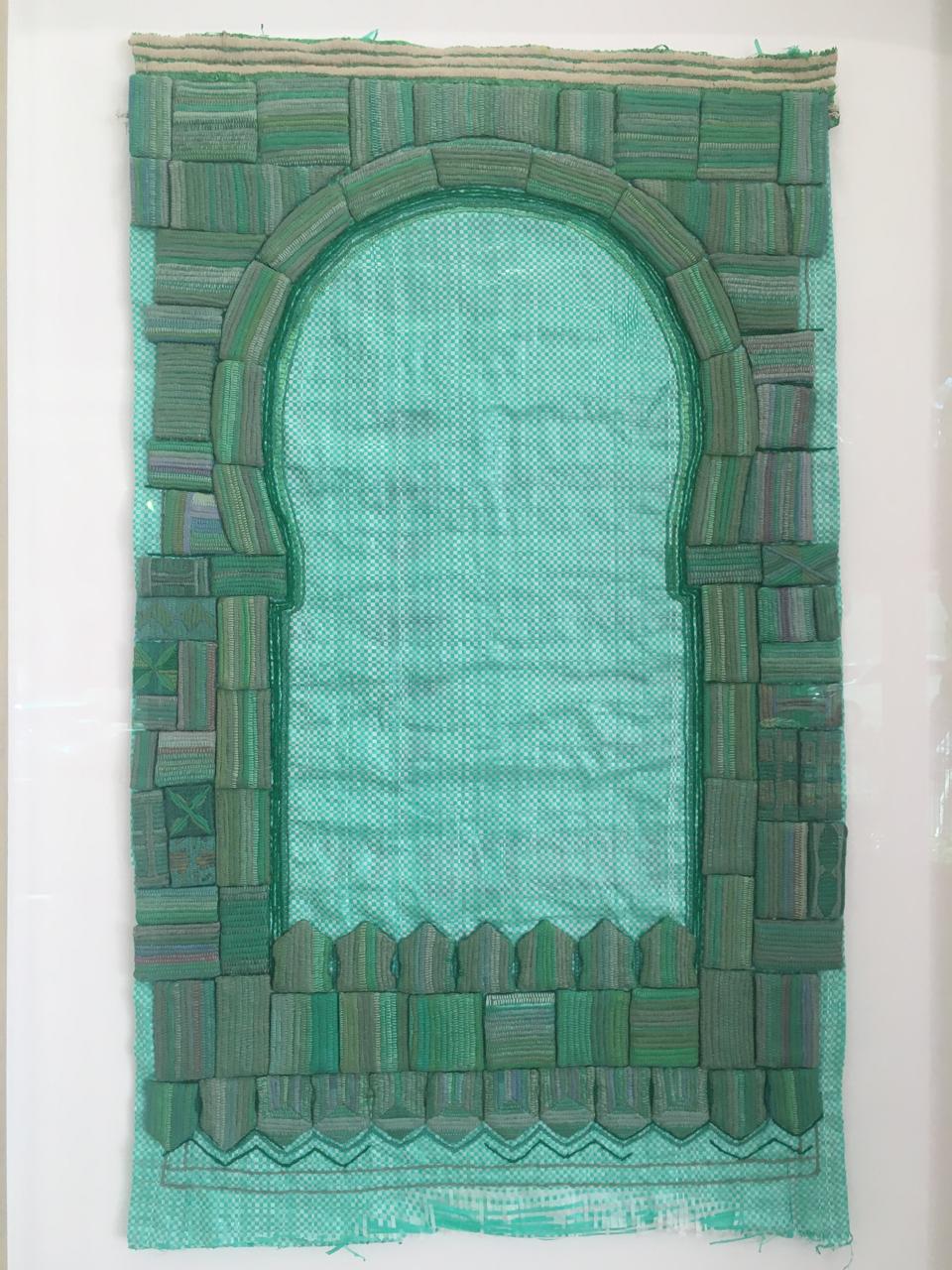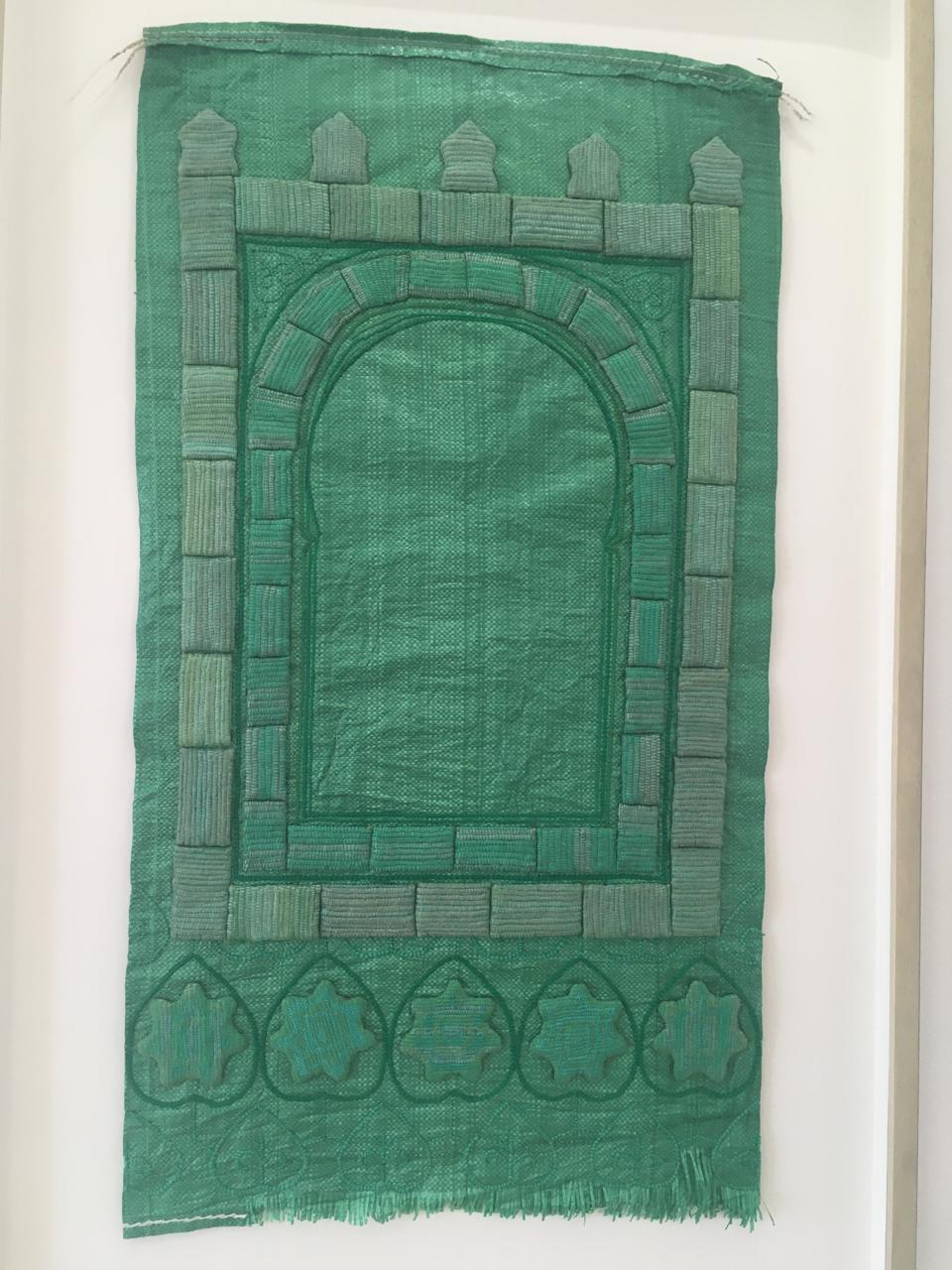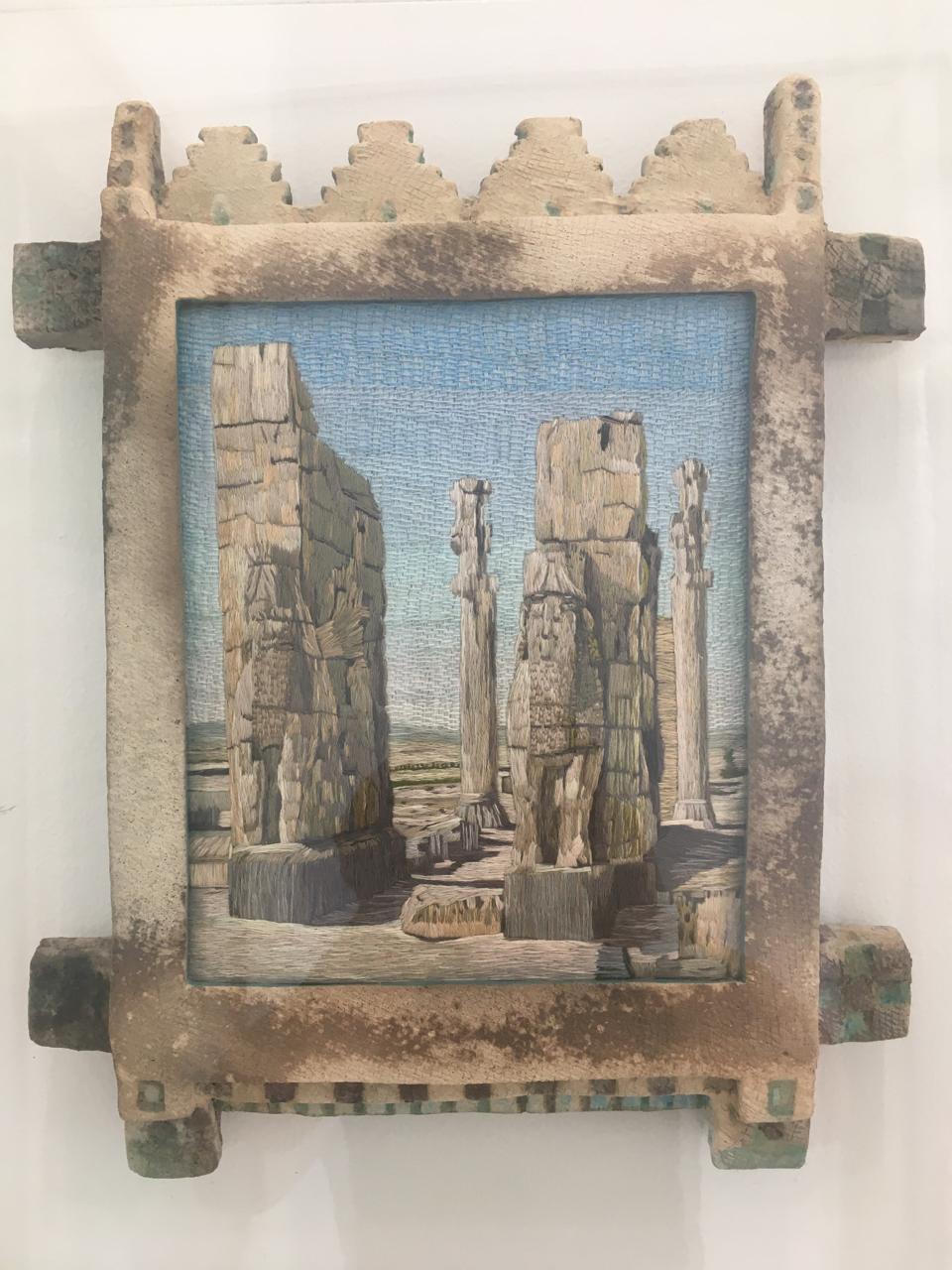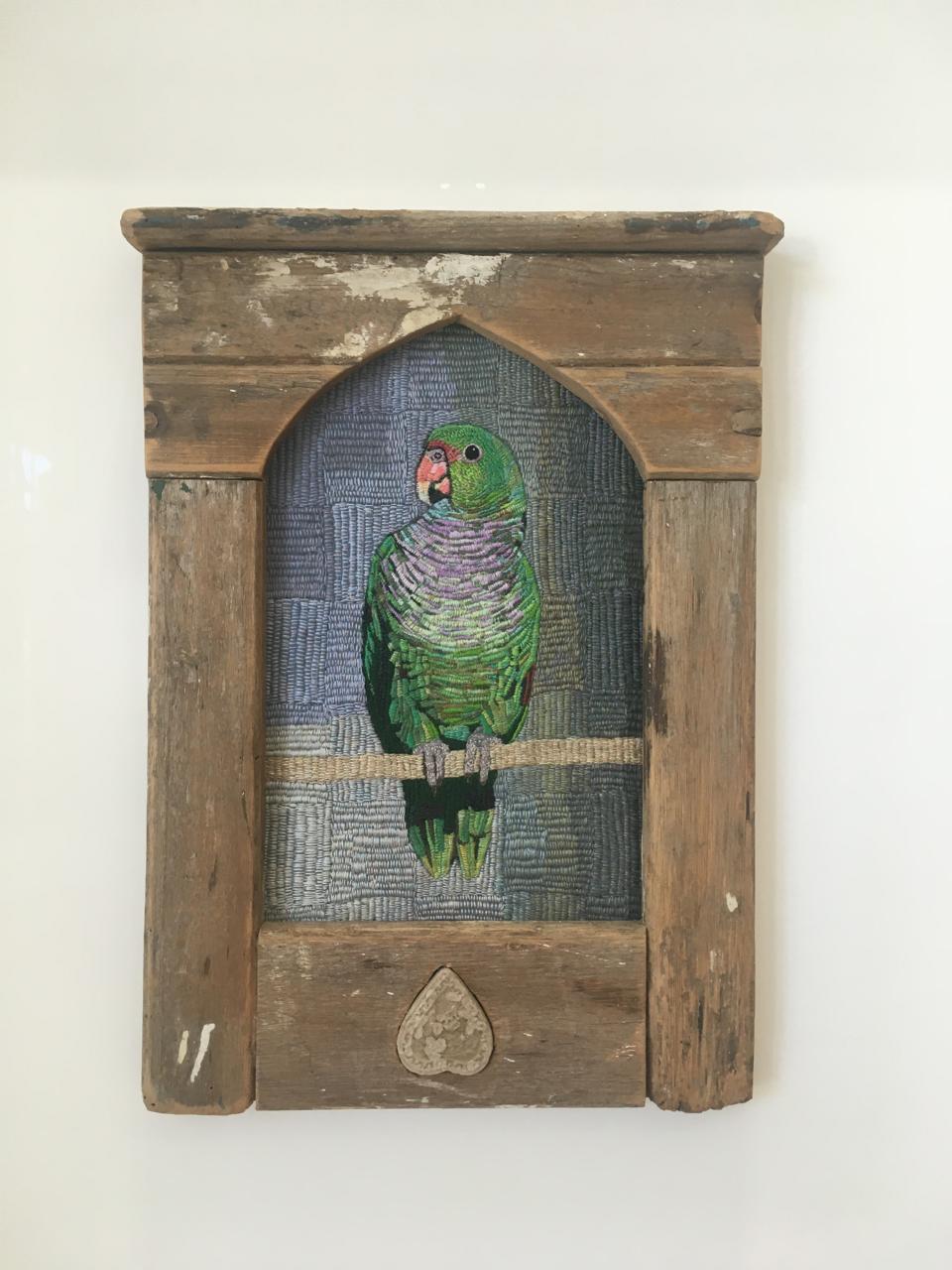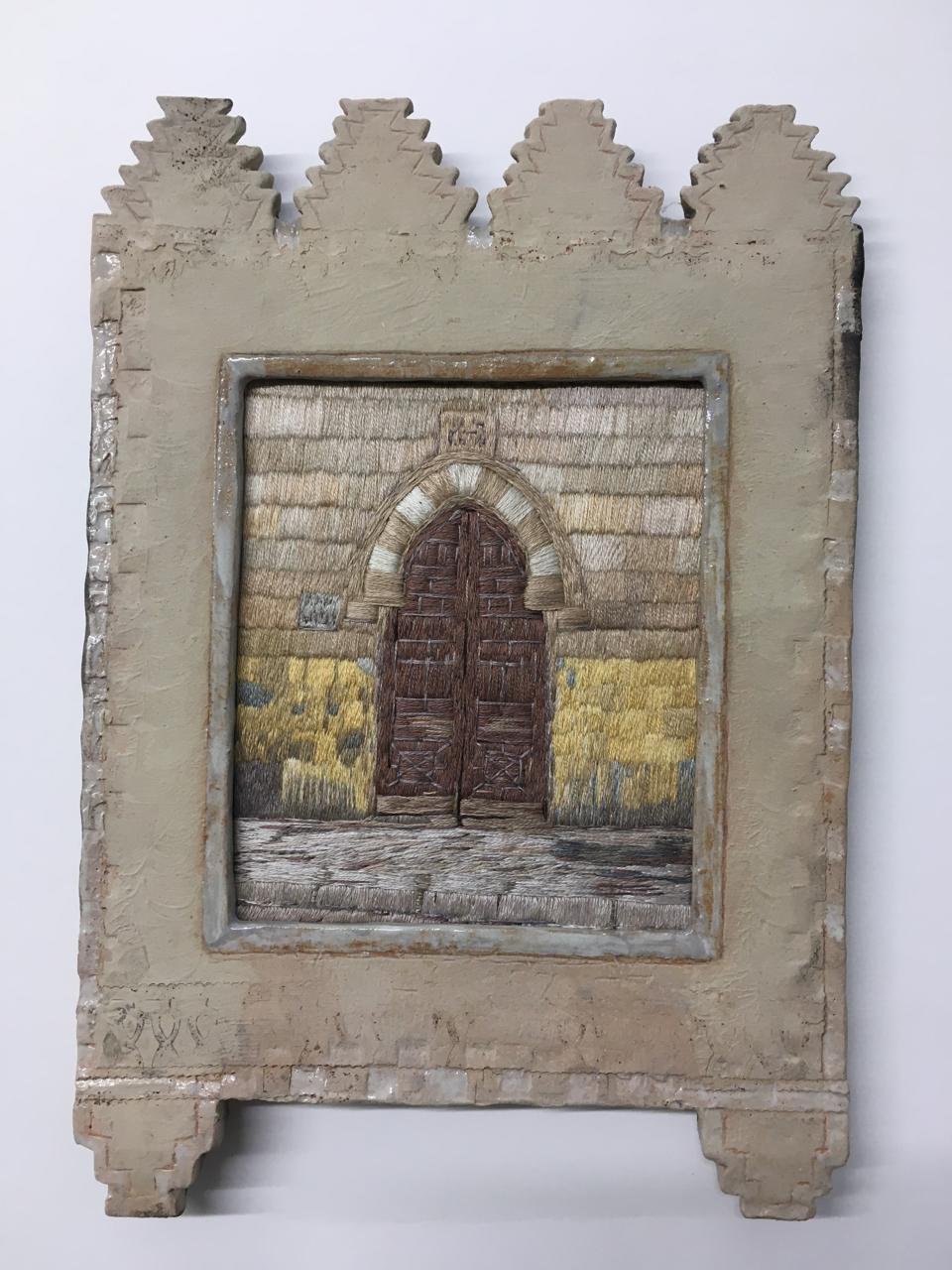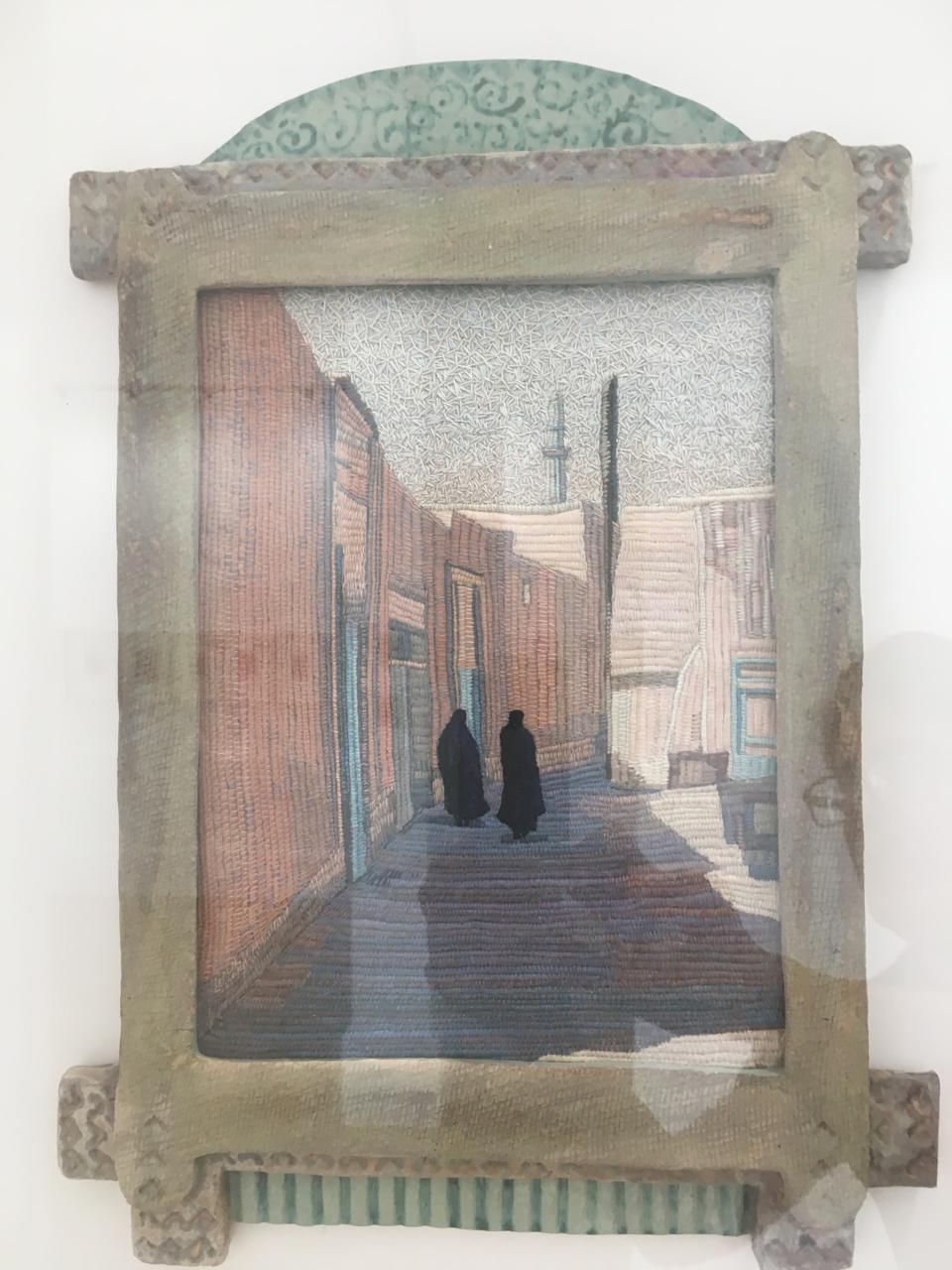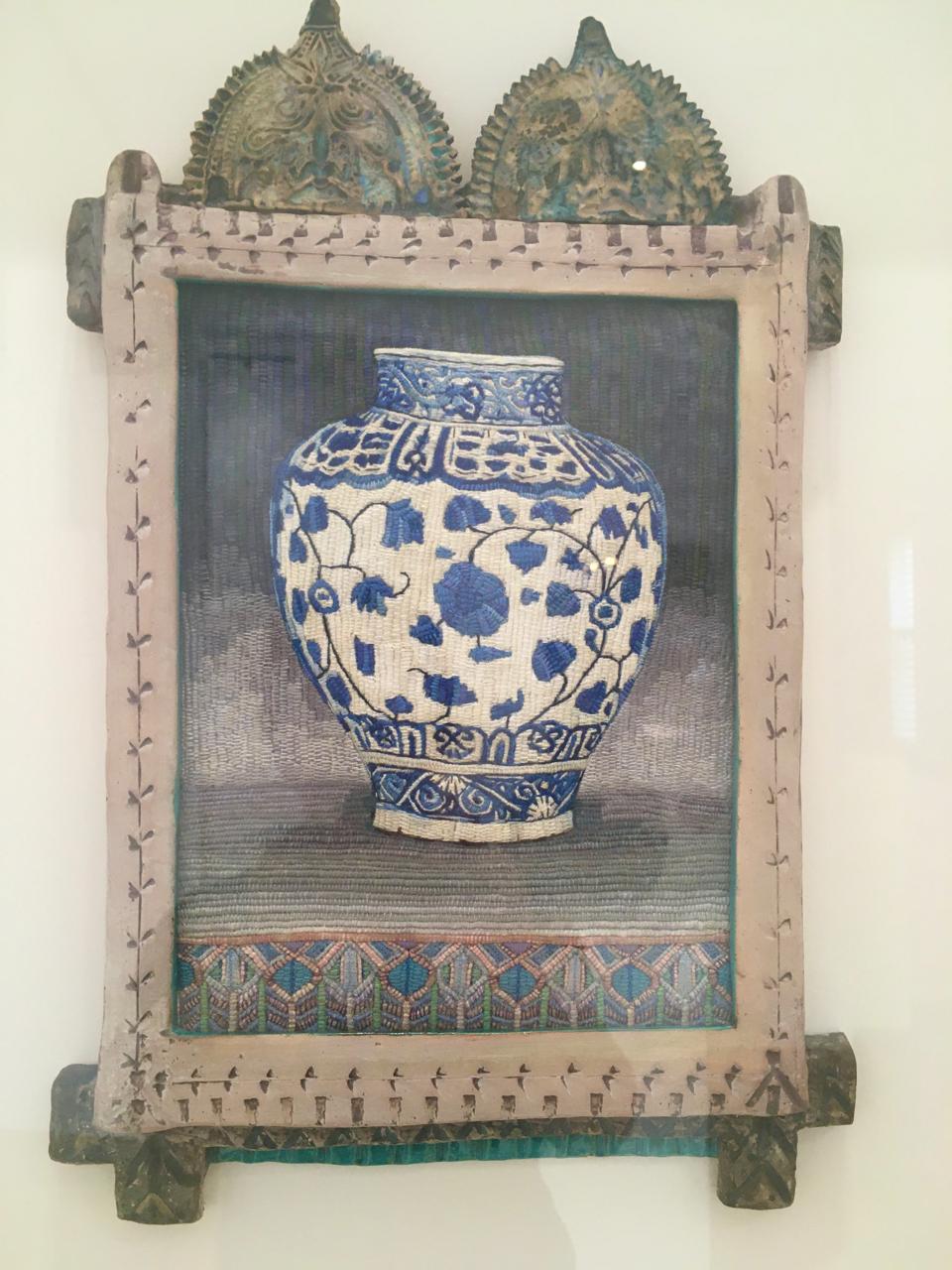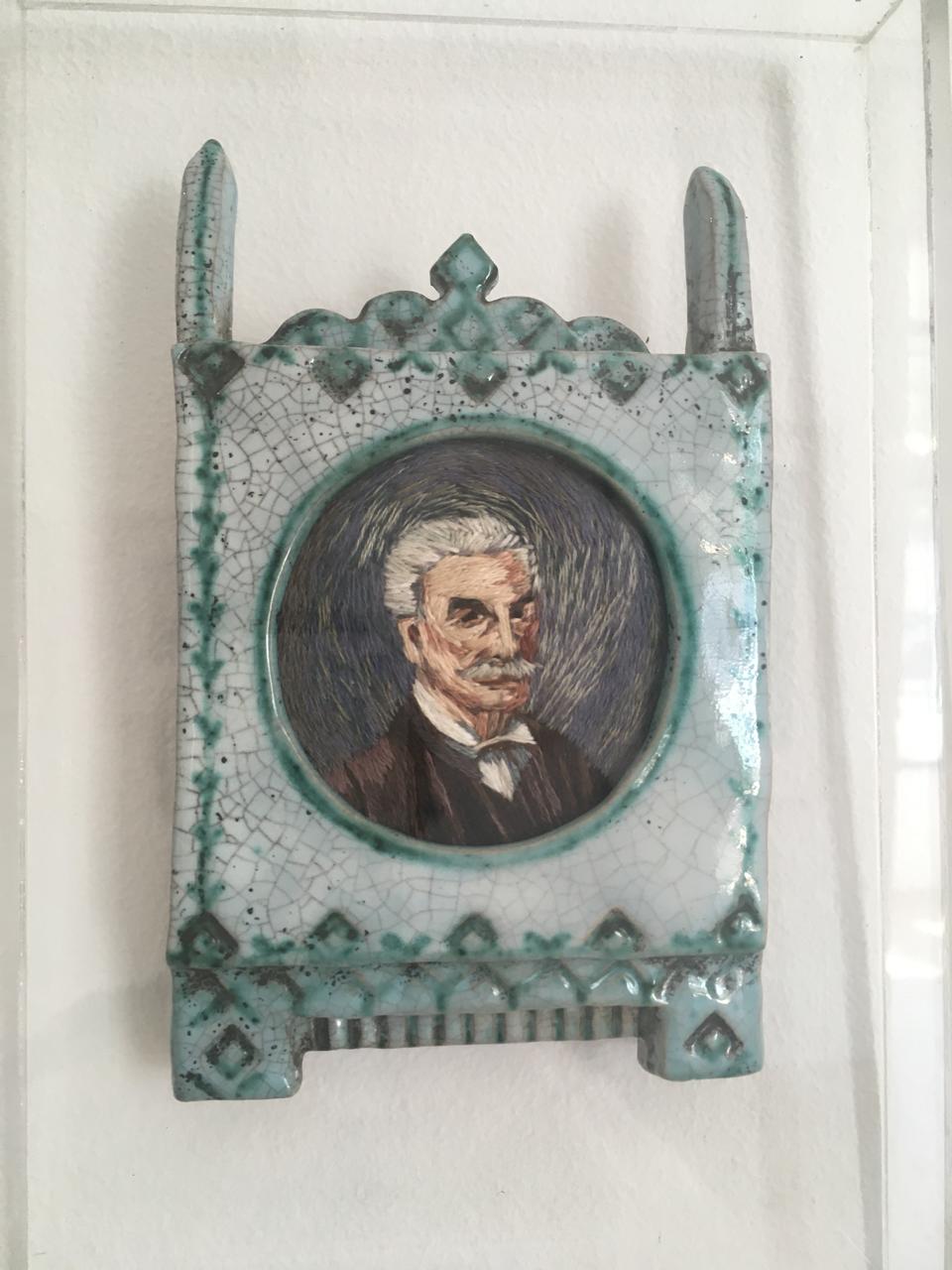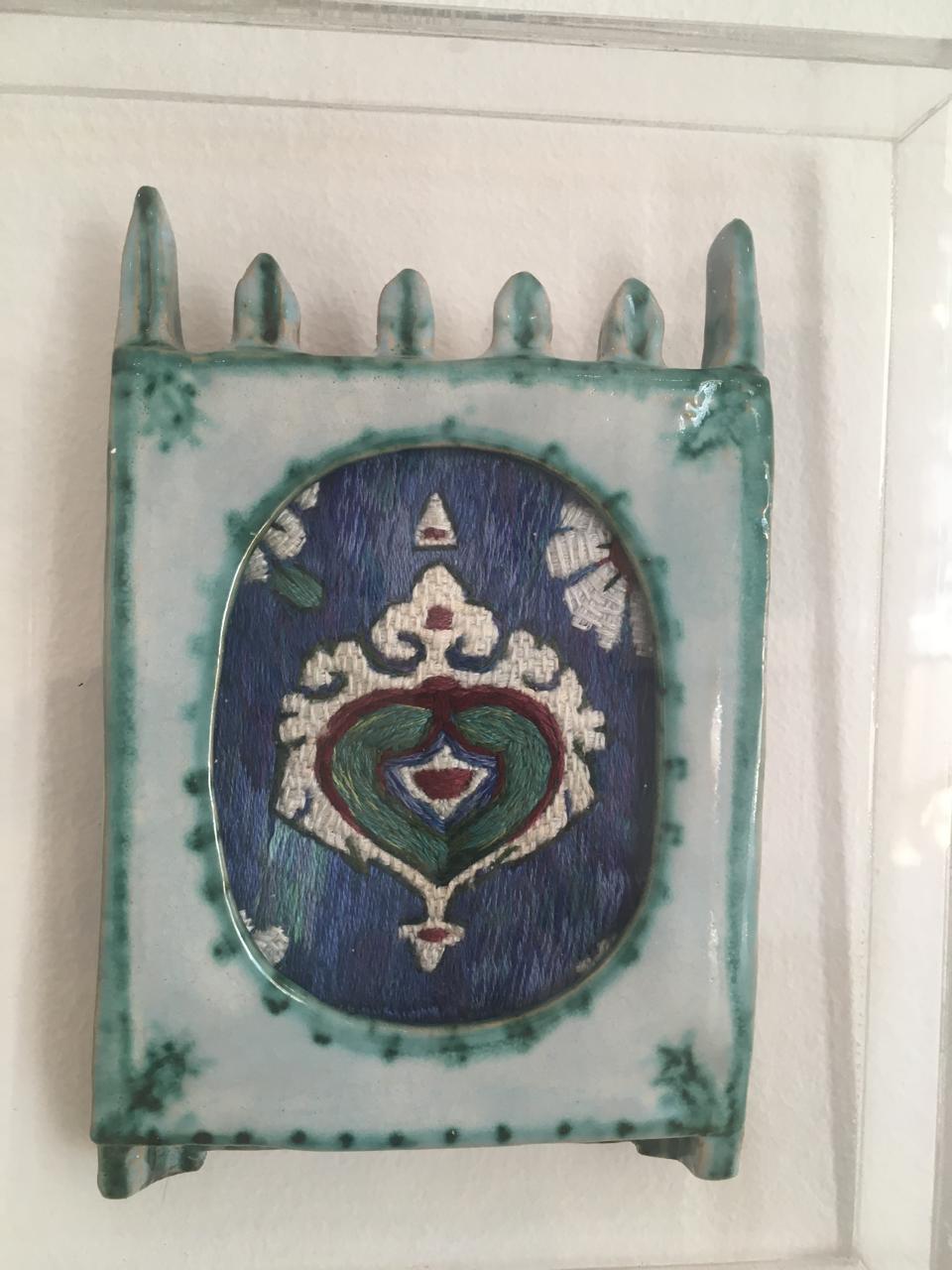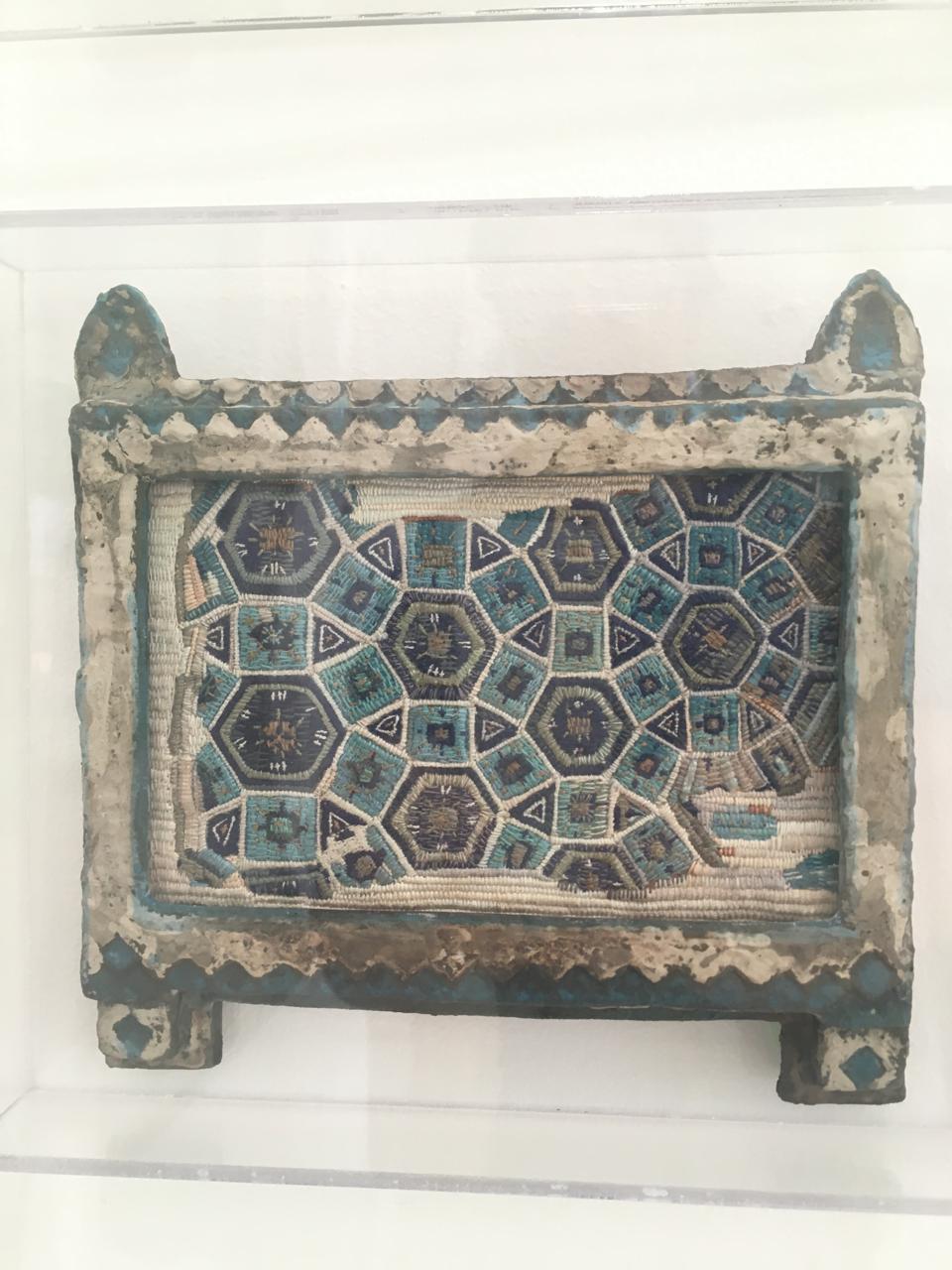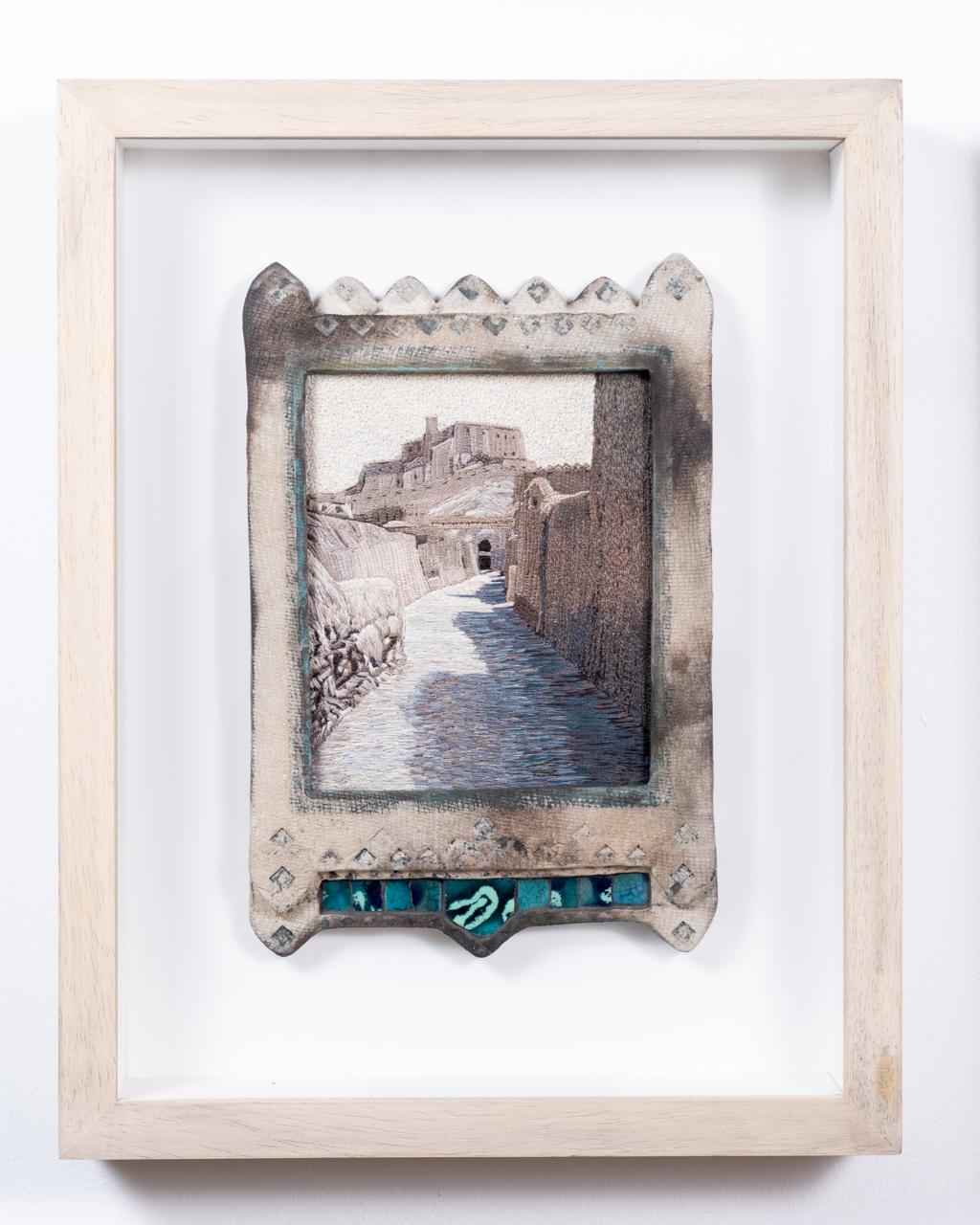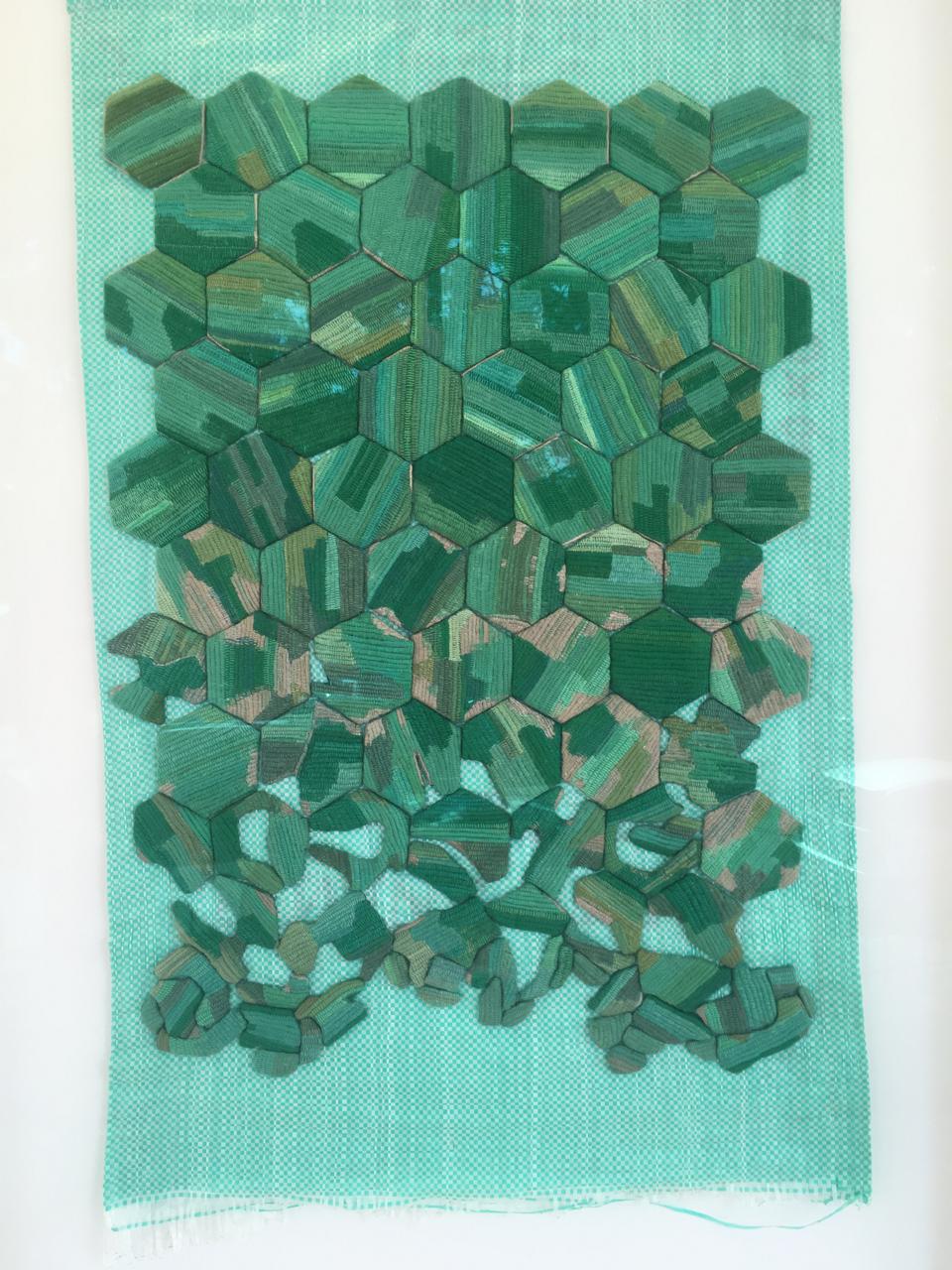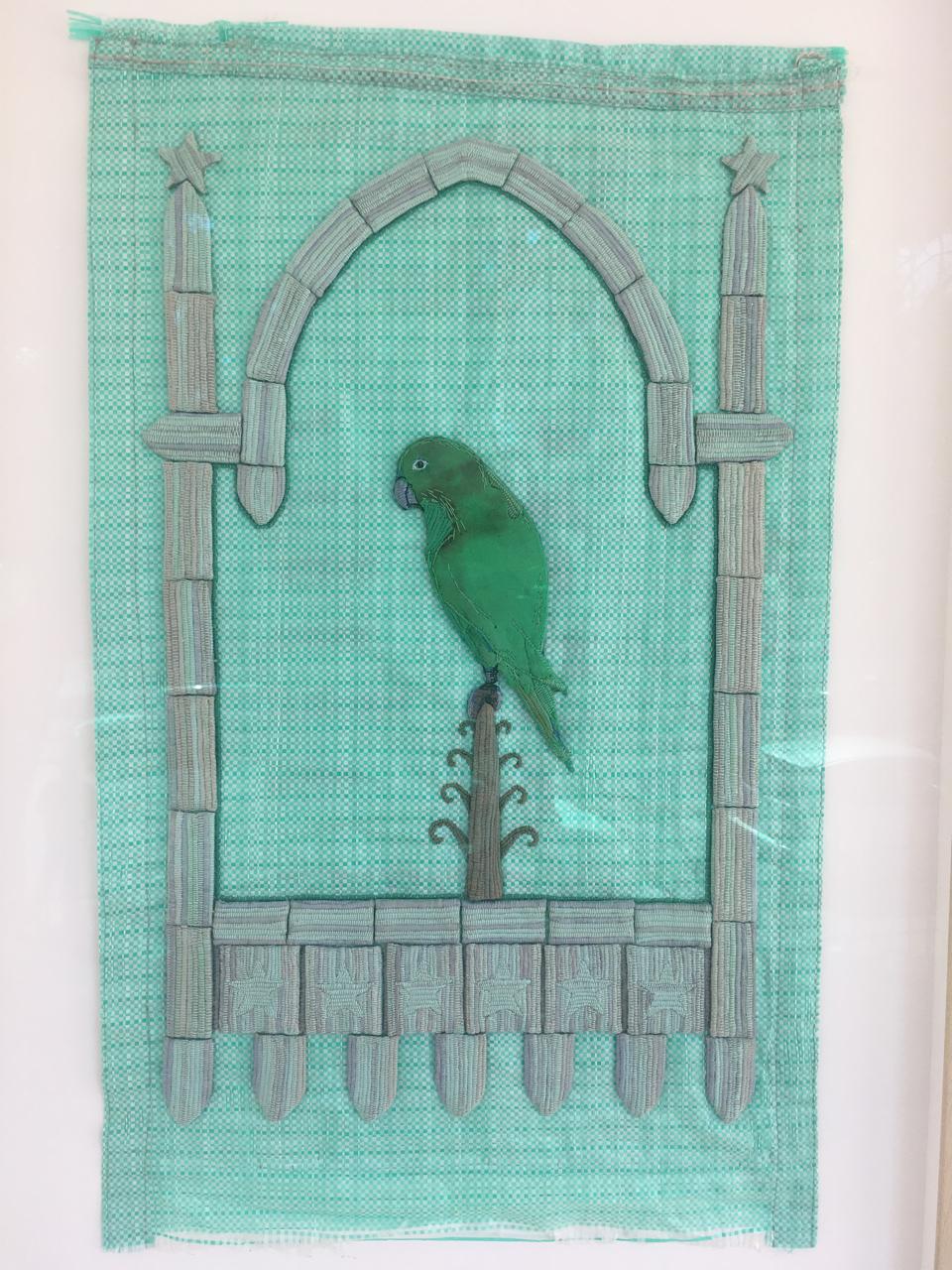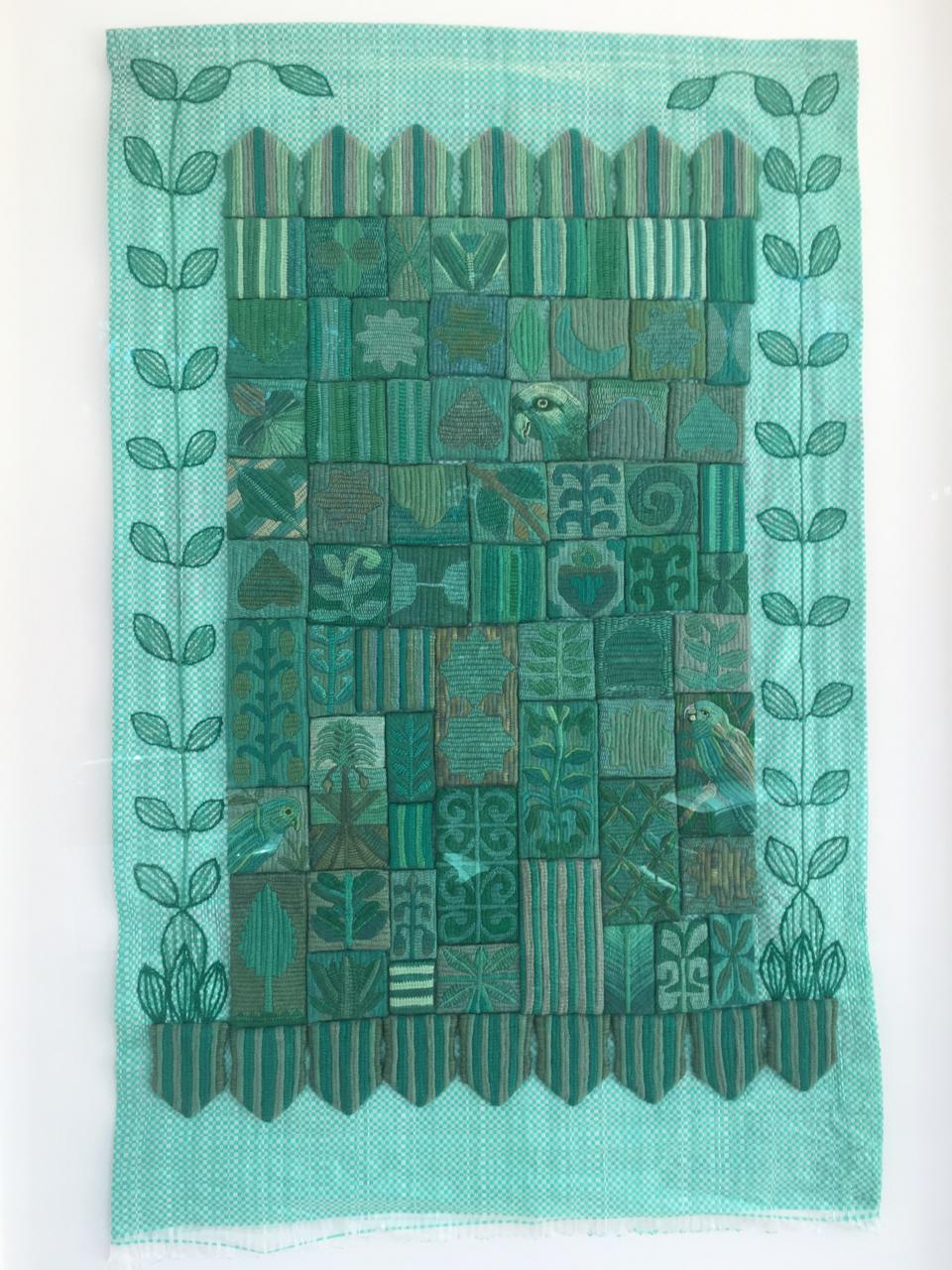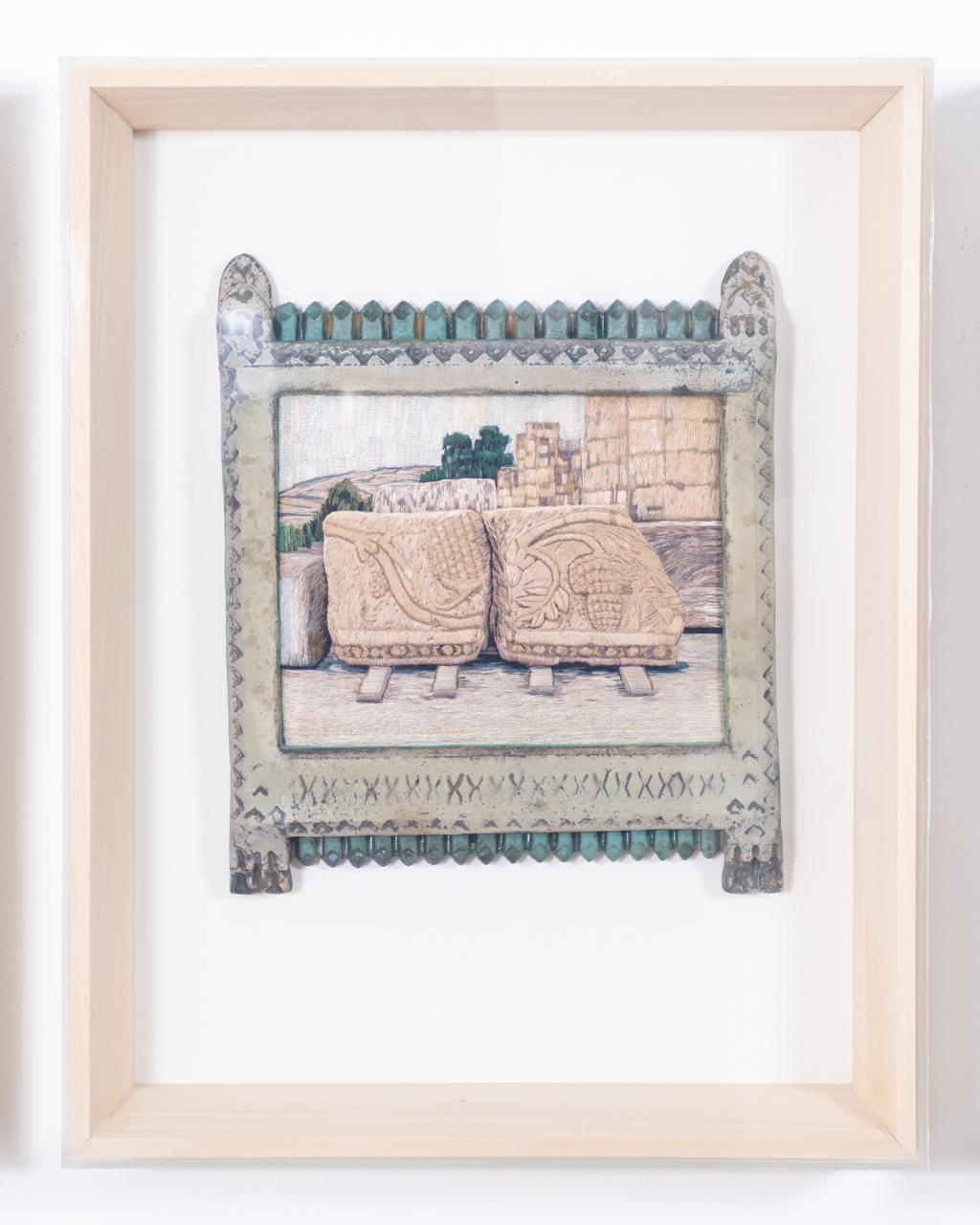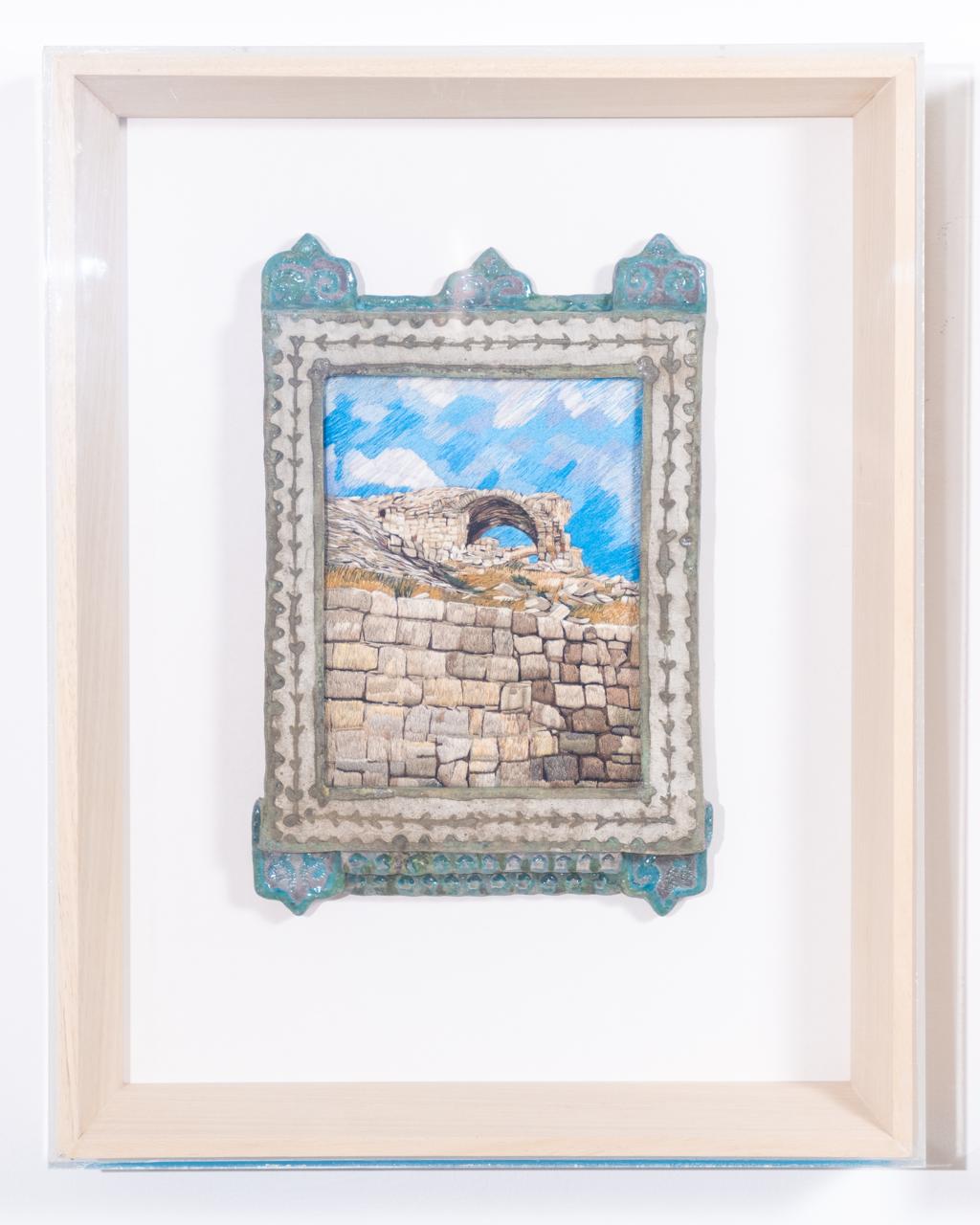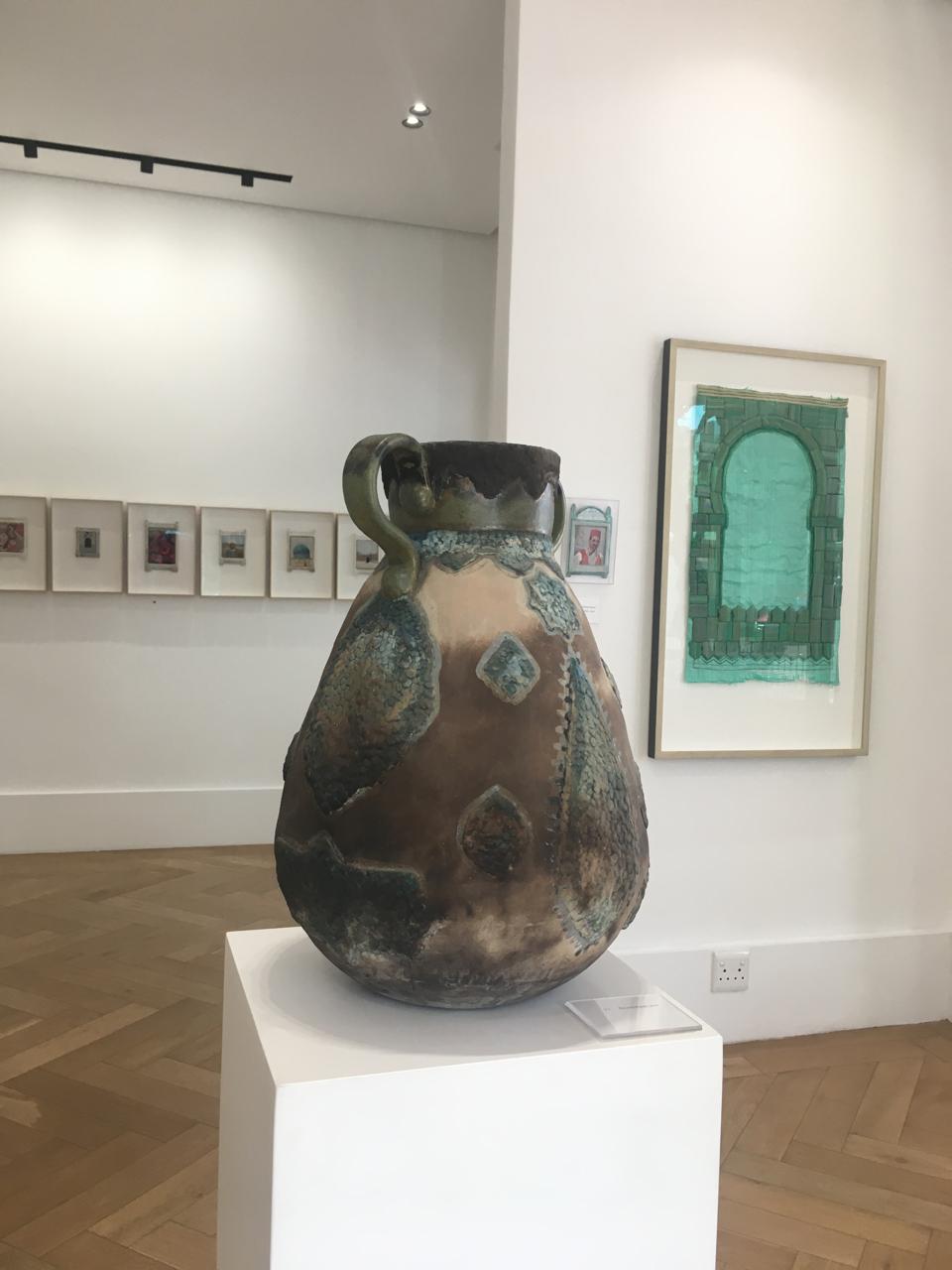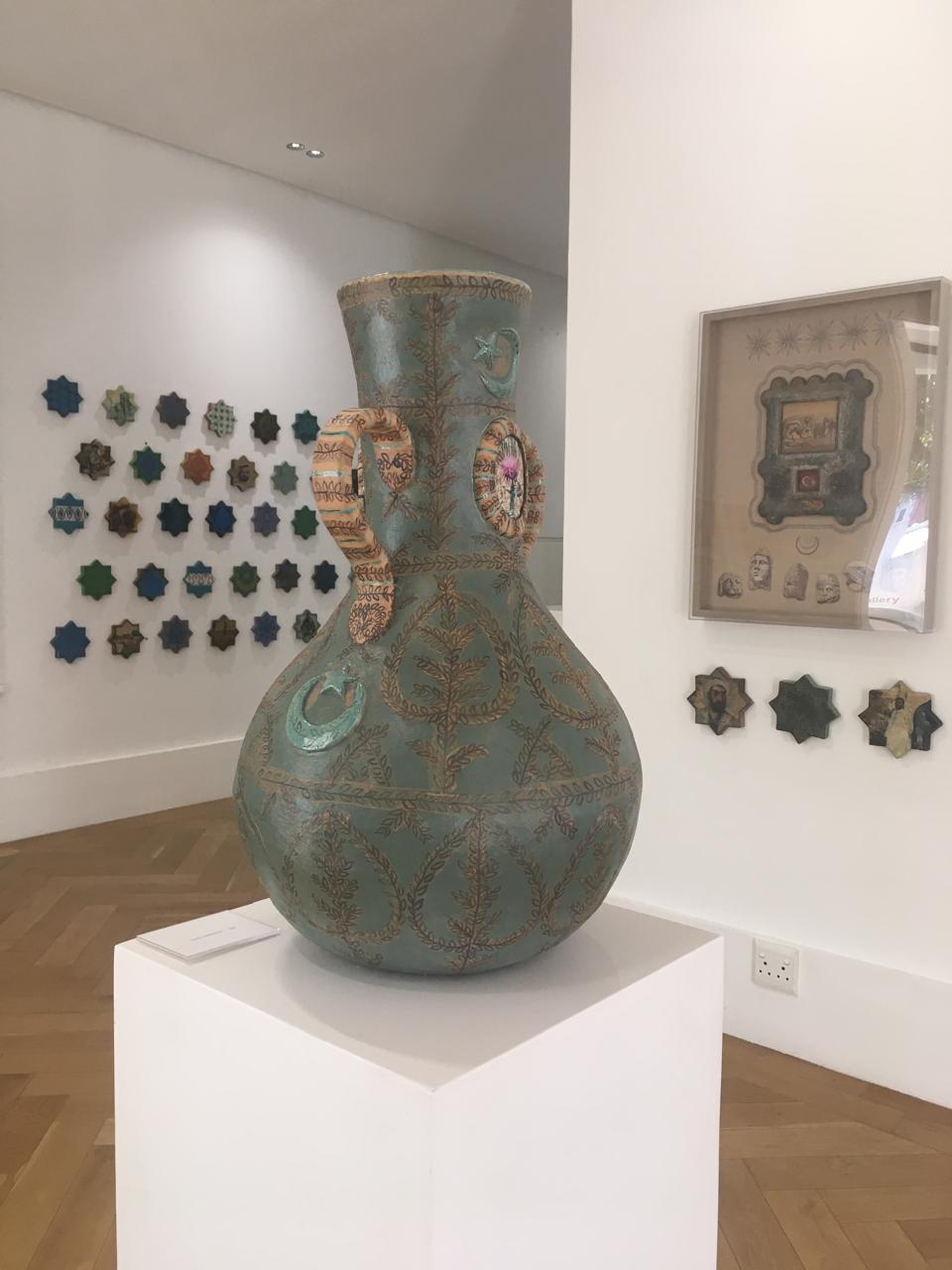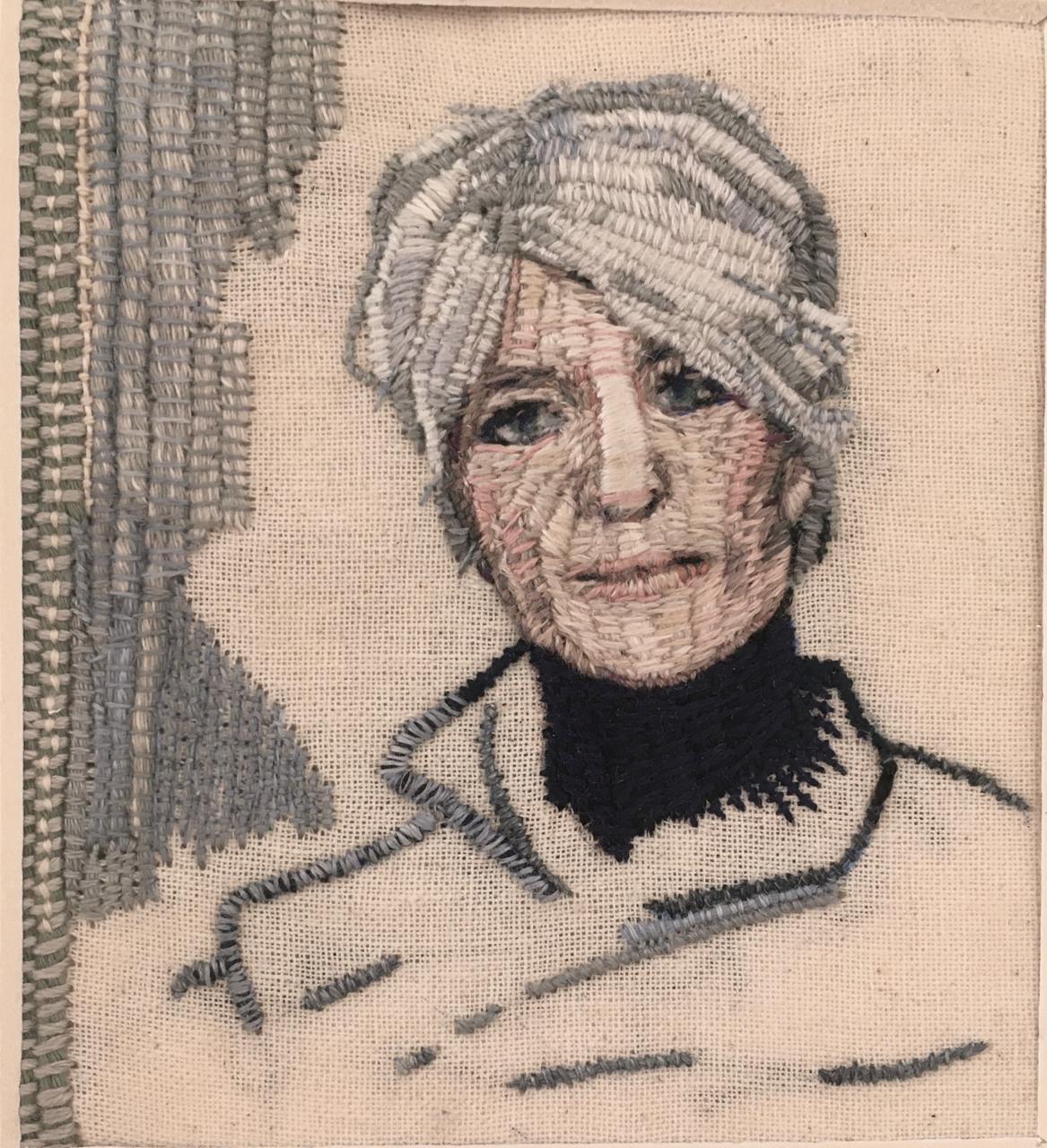Tamasa Gallery is proud to present
‘Linger ‘
an exhibition by celebrated artist Hendrik Stroebel.
Artist’s statement:
My admiration and exploration of the architectural structures of antiquity In the Near East and Central Asia, together with the adornment of Islamic Mausoleums and Mosques led me, over the years, on a quest to explore these now threatened historical sites. The ancient ‘Silk Road’, extending from China to the Mediterranean and beyond provided me with signposts as I navigated my way through historical landmarks.
This fascination and subsequent travel adventures provided a reservoir of personal photographic documentation, observation, memories and found memorabilia. A vanishing world of both the past and the present, and extreme political and cultural upheaval has condemned many of these fragile ruins. The wanton destruction of ancient monumental architectural accomplishments by new conquerors and cultural forces are most often concealed behind ‘access restricted ‘conflict zones.
My memory lingers ….so I ‘rethread ‘and ‘restitch’ the echoes of my quest for Persia, shimmering Samarkand, and Oriental splendours of the Ottoman Empire and Pharaonic Egypt.
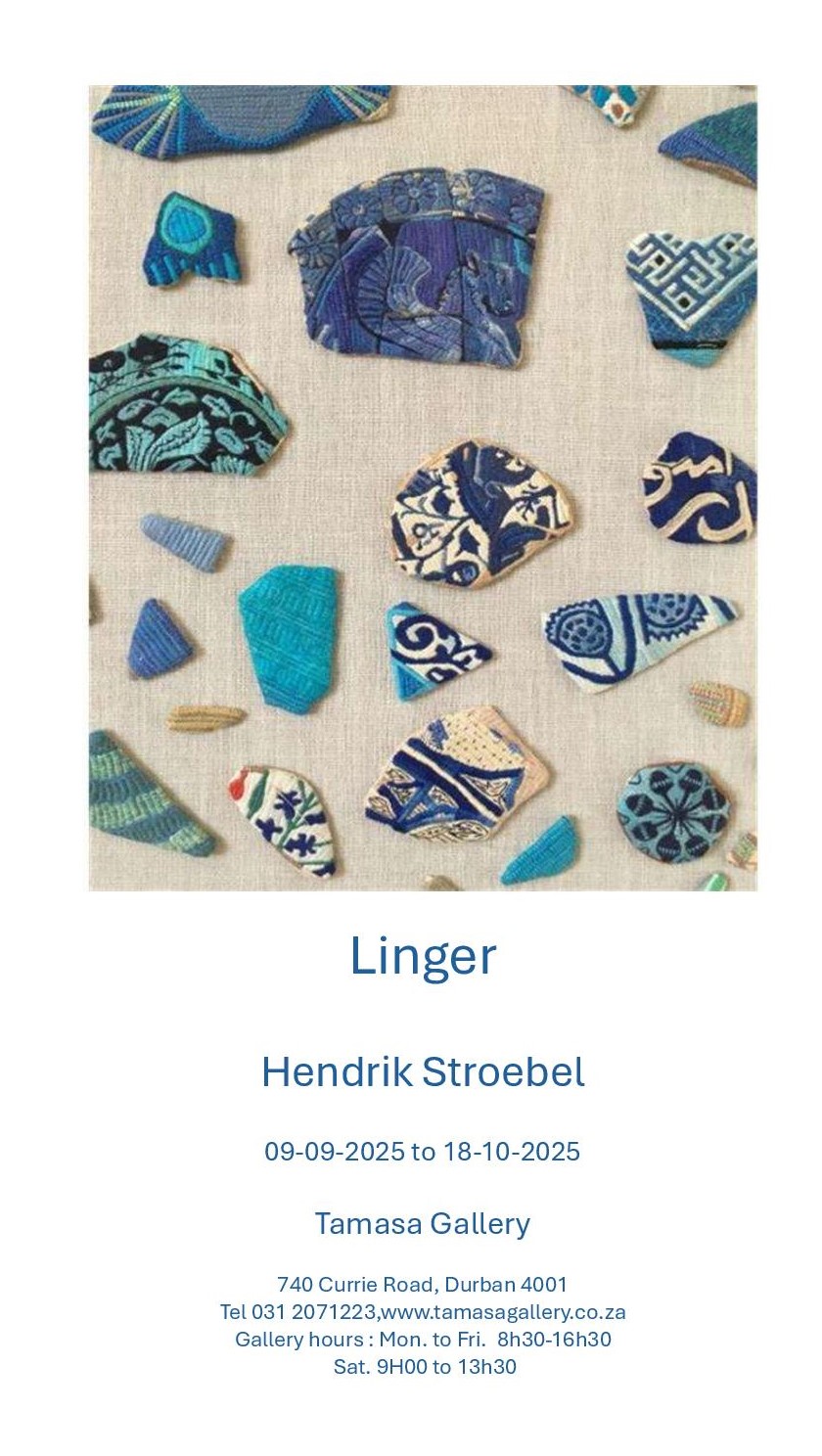
The above three artworks are sold as a set of three – SOLD
